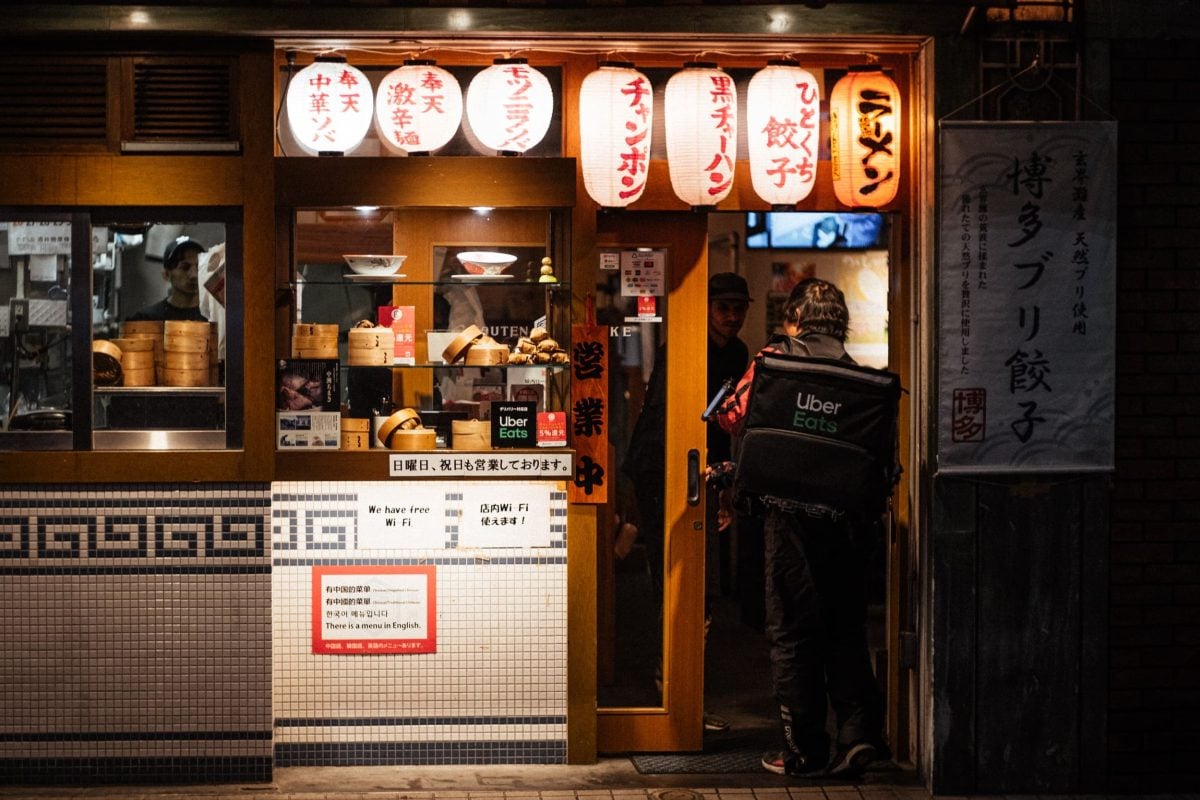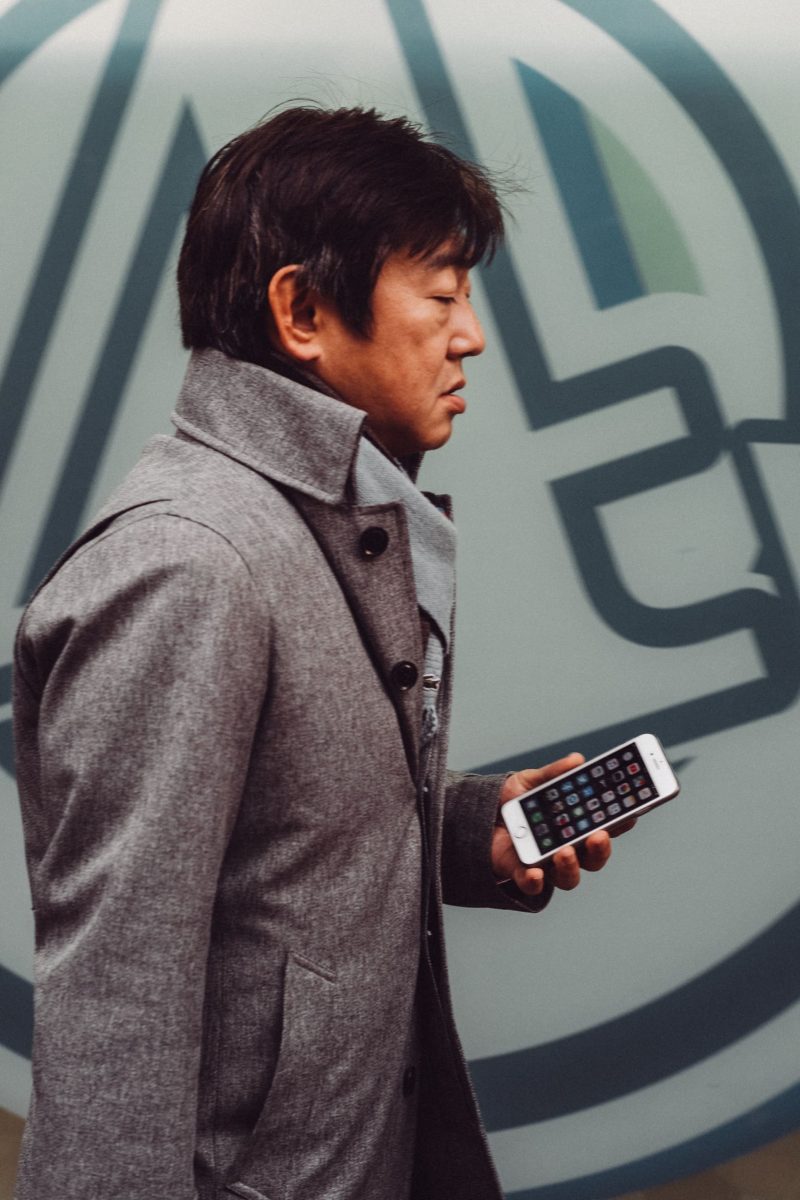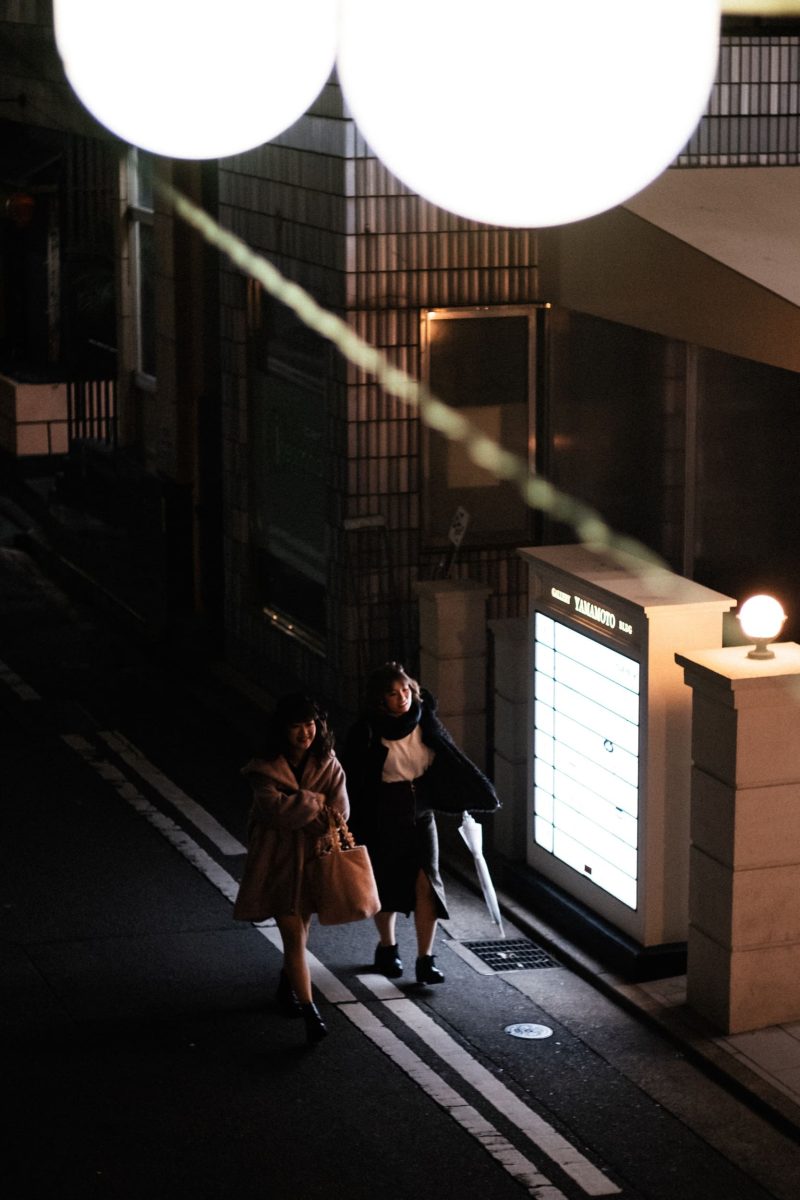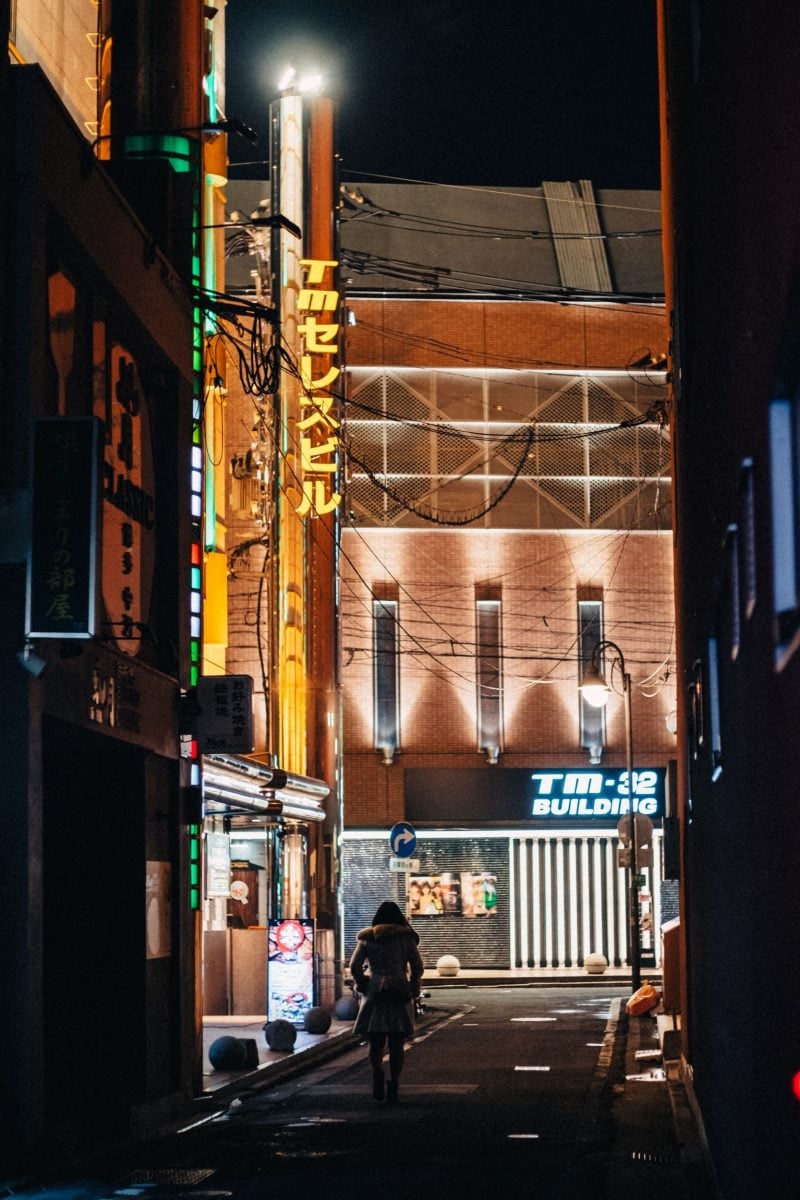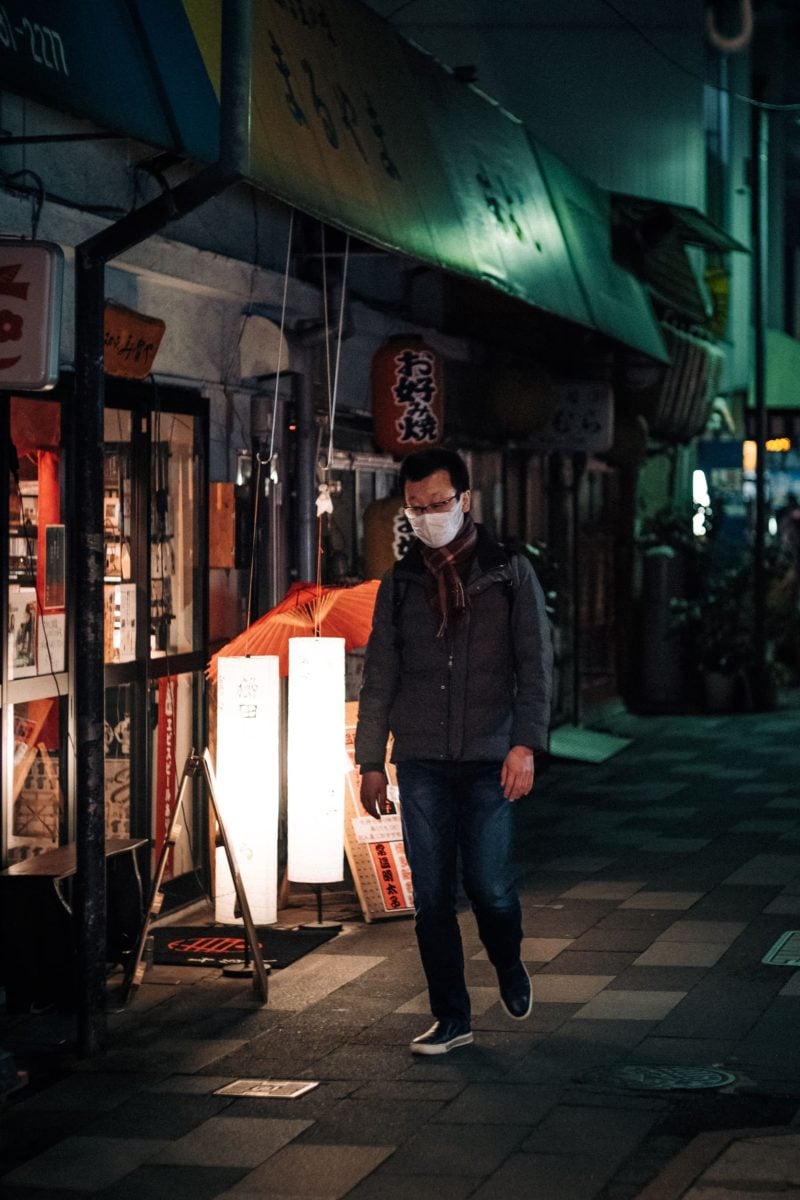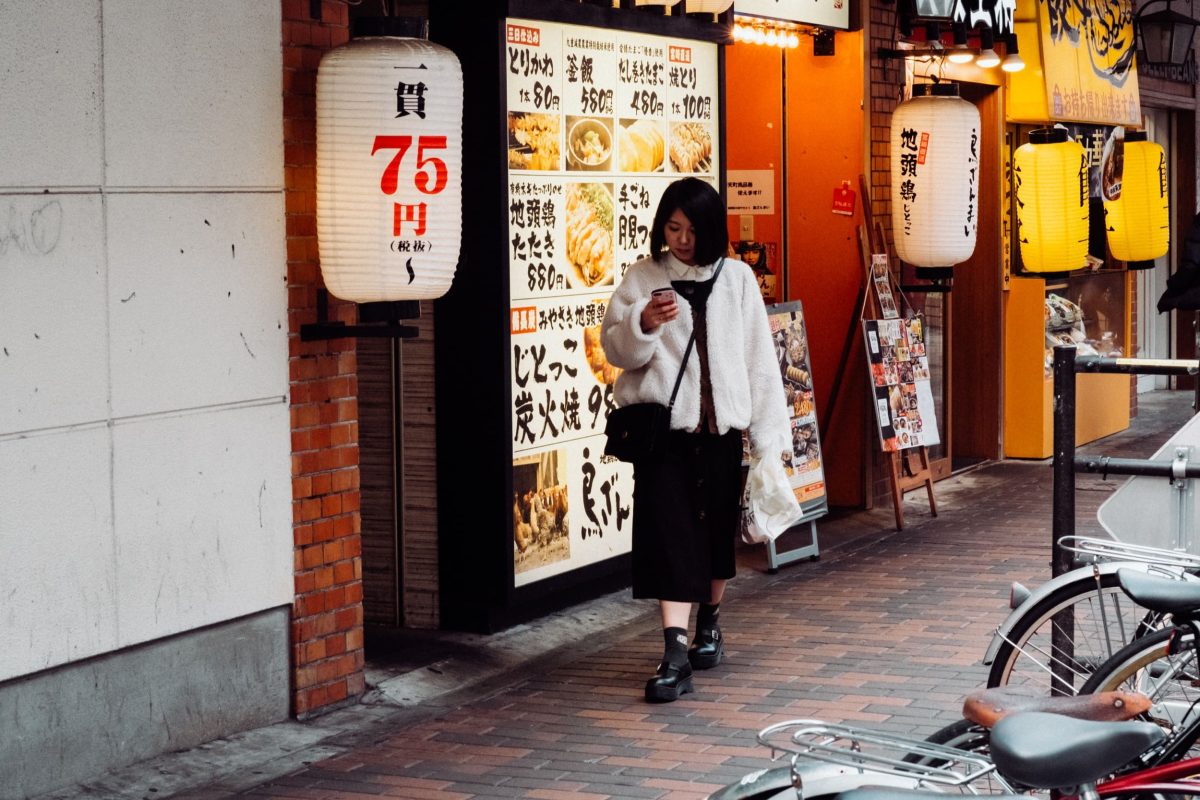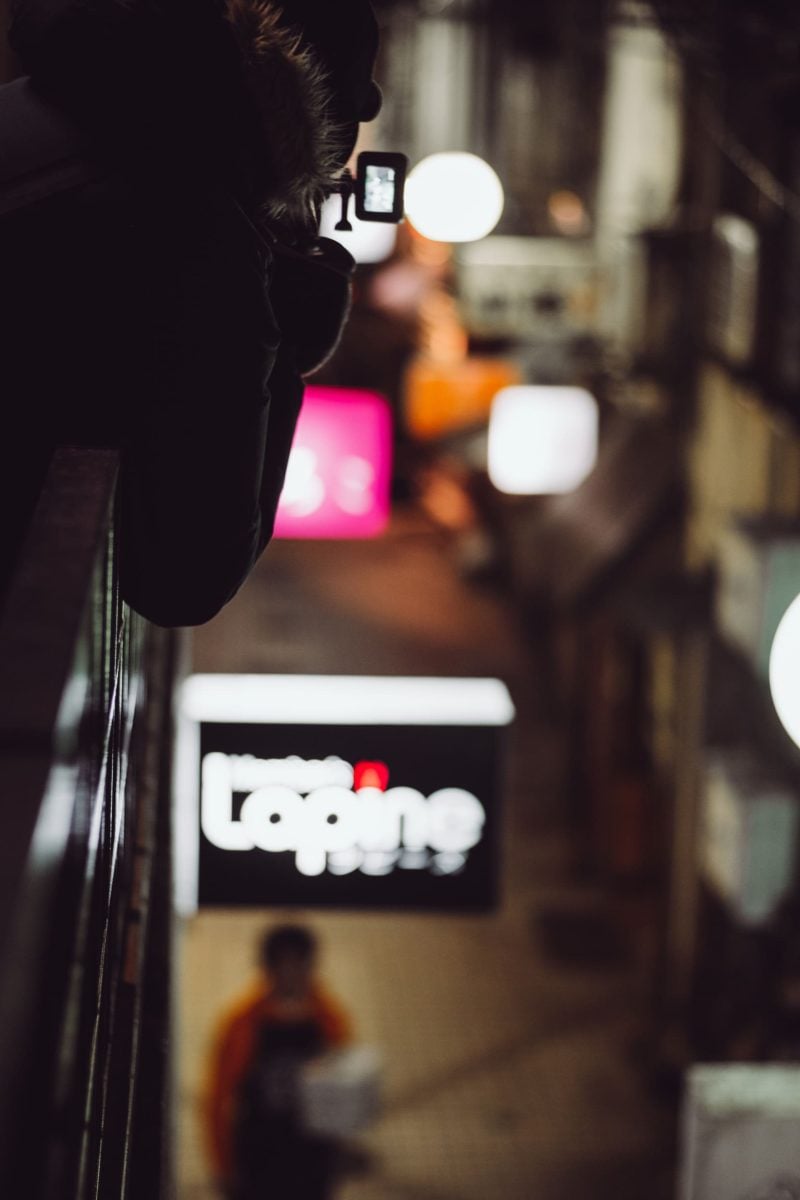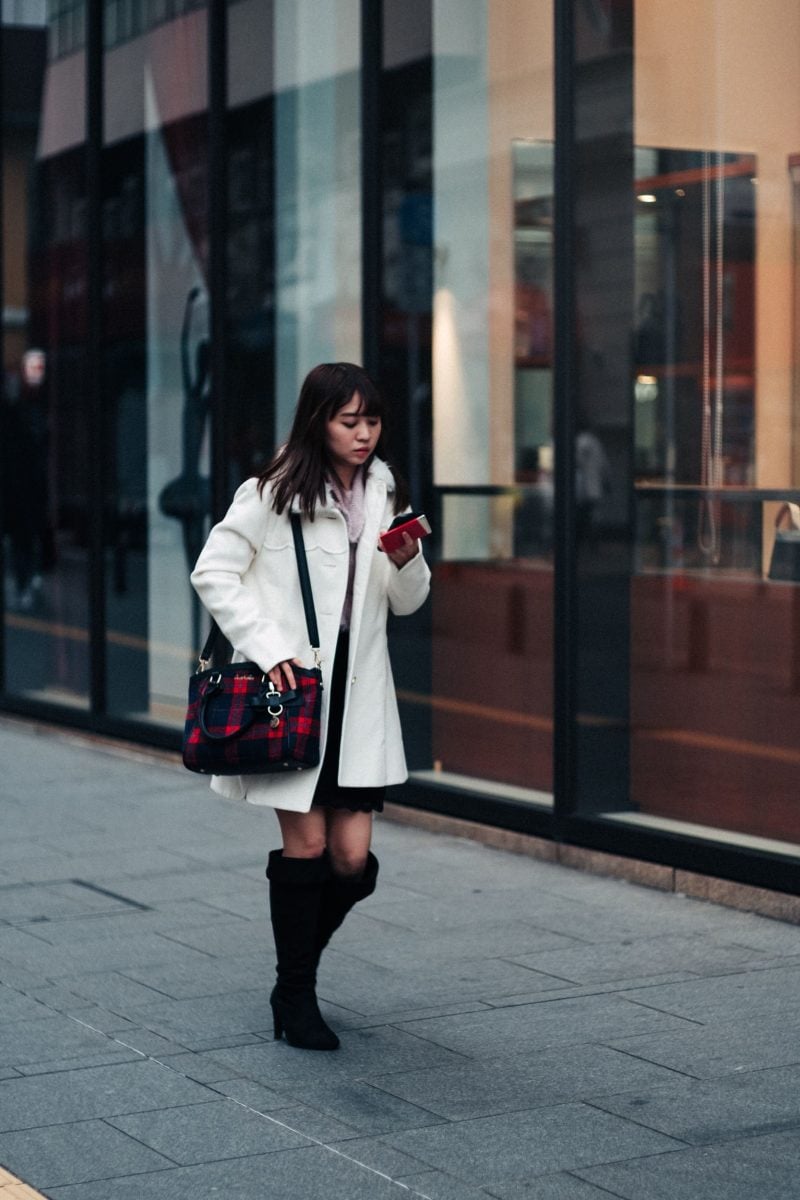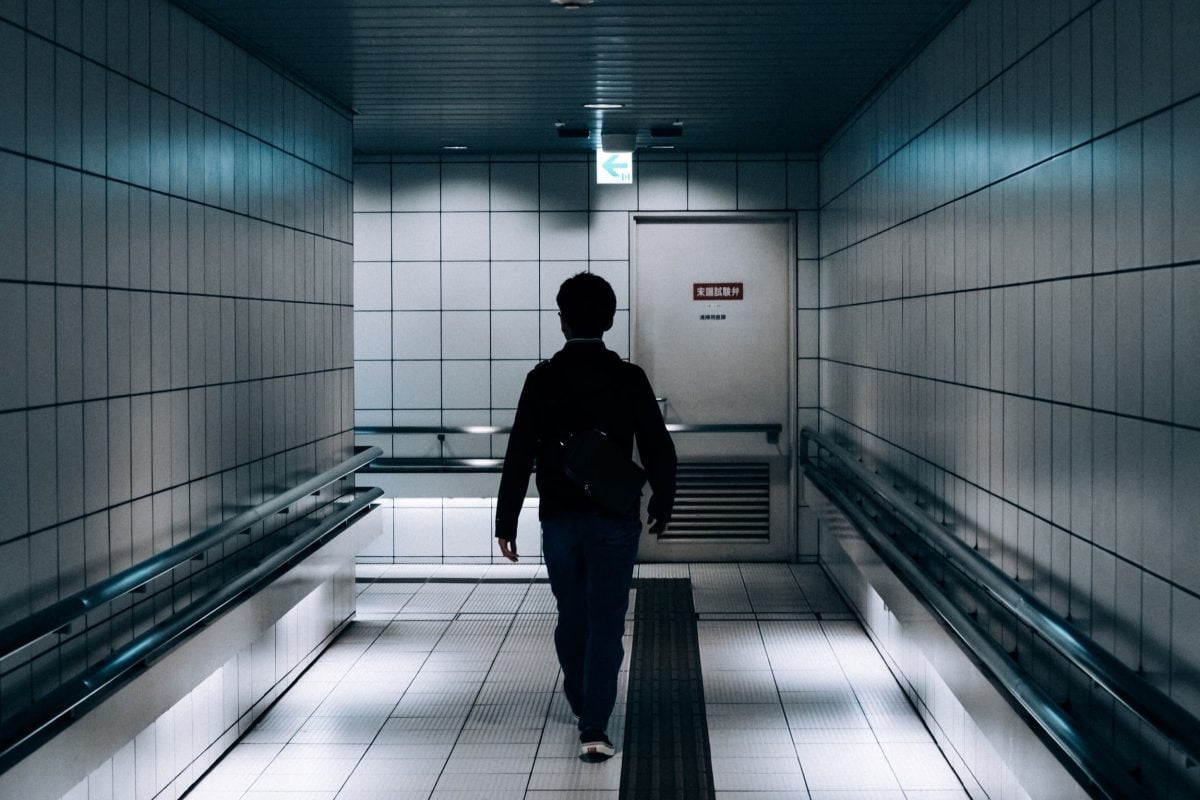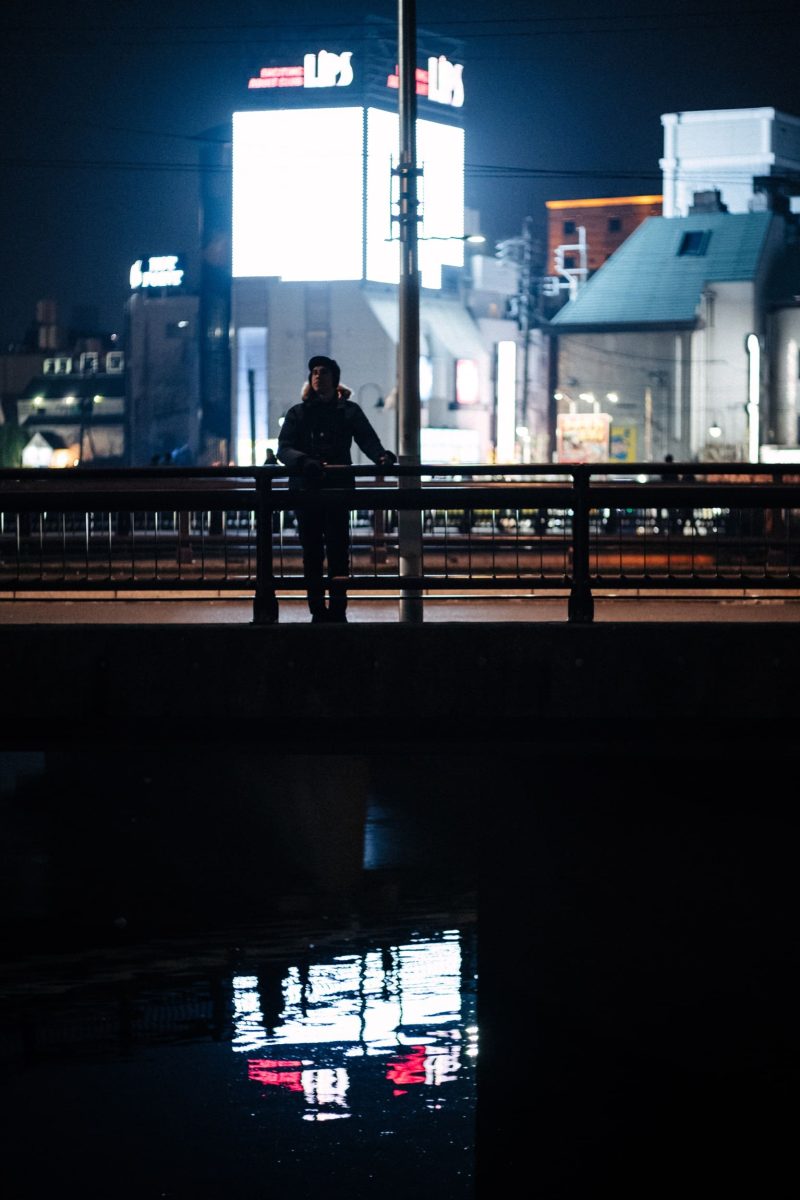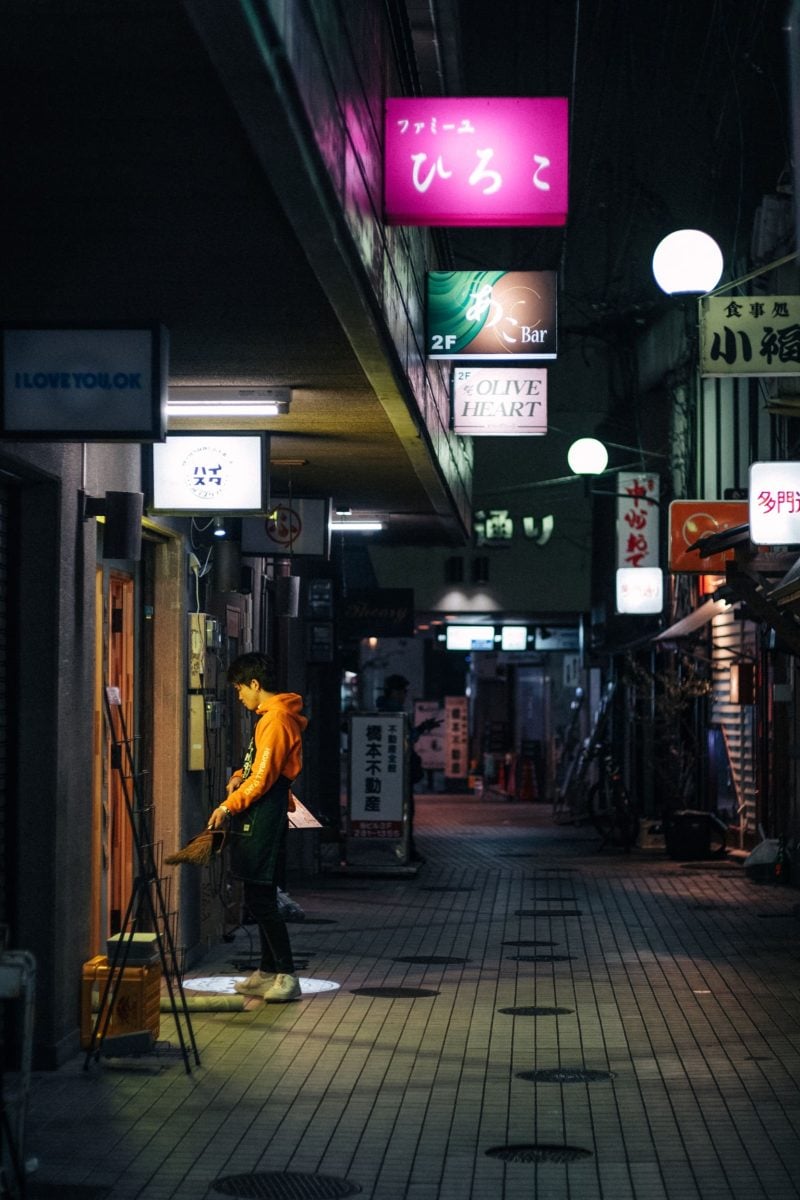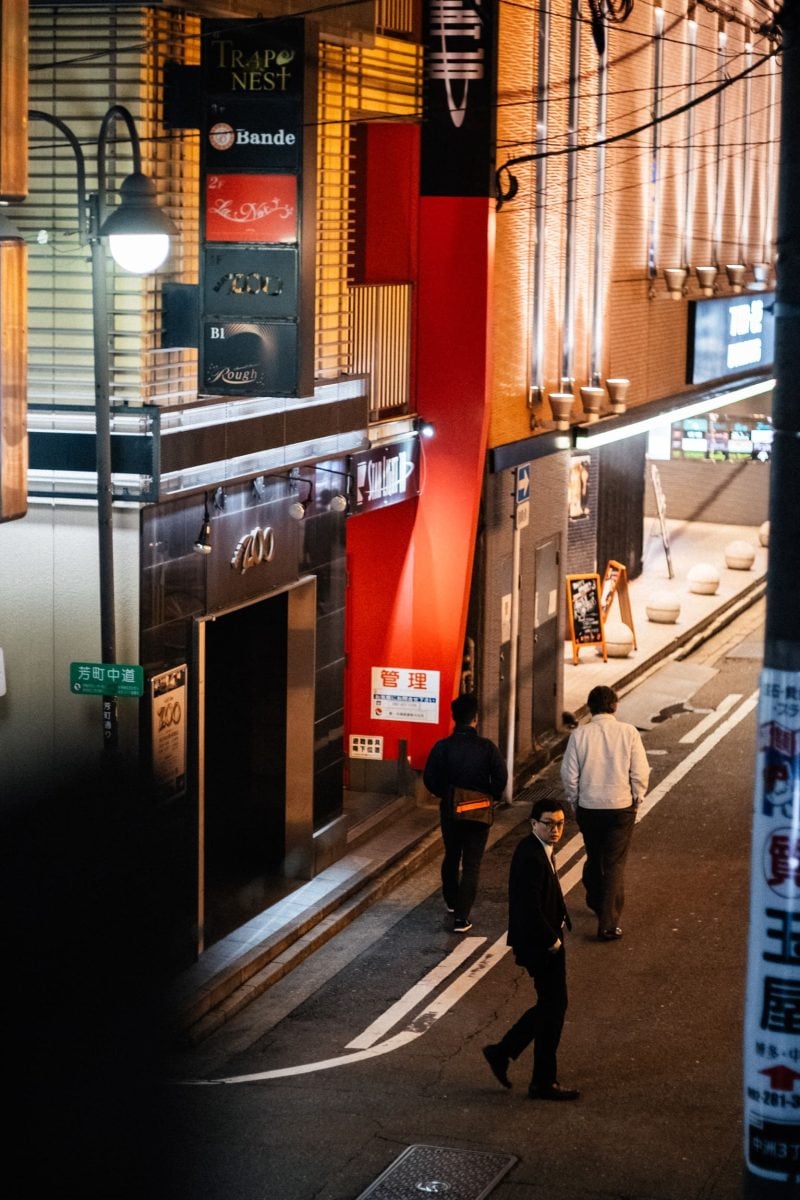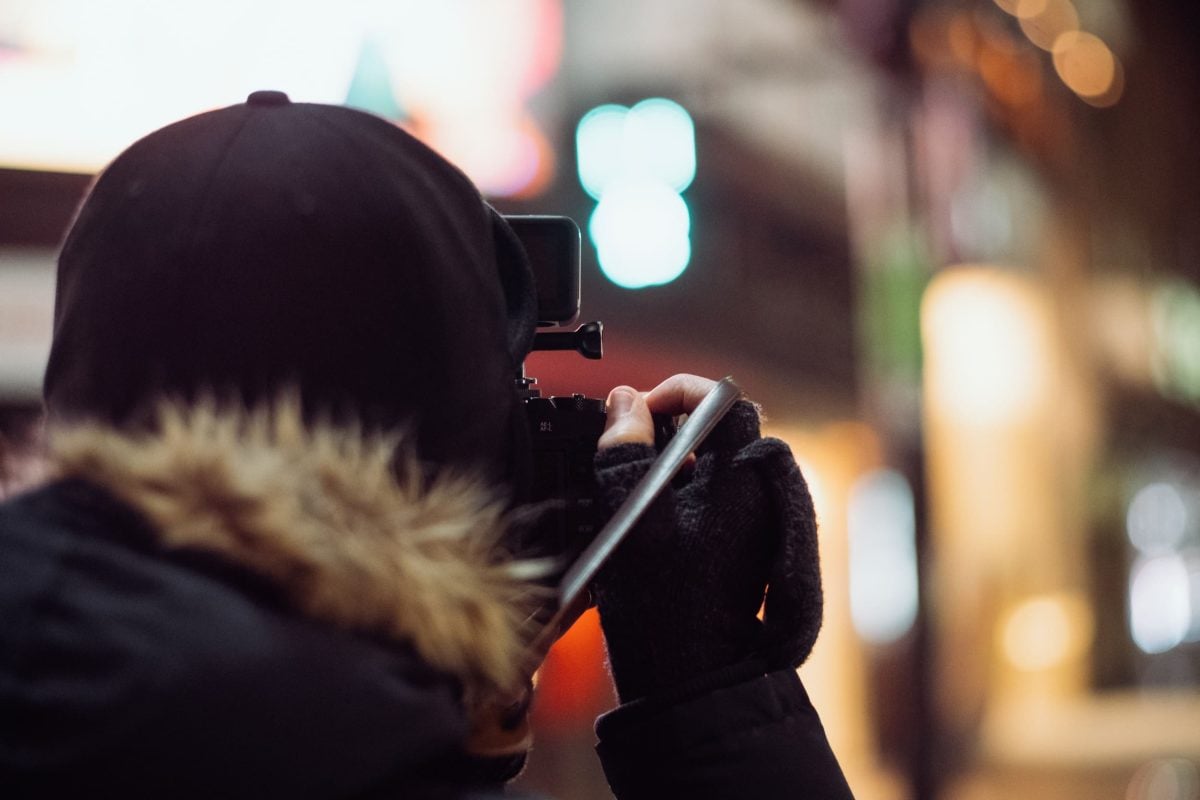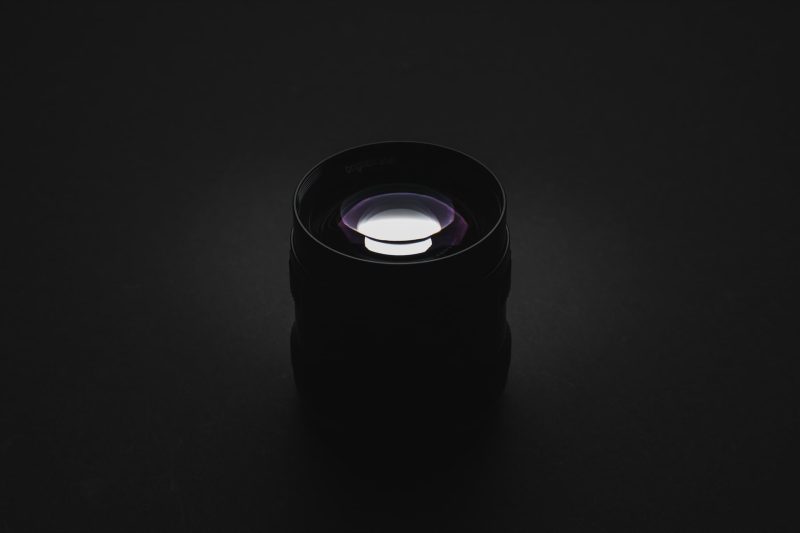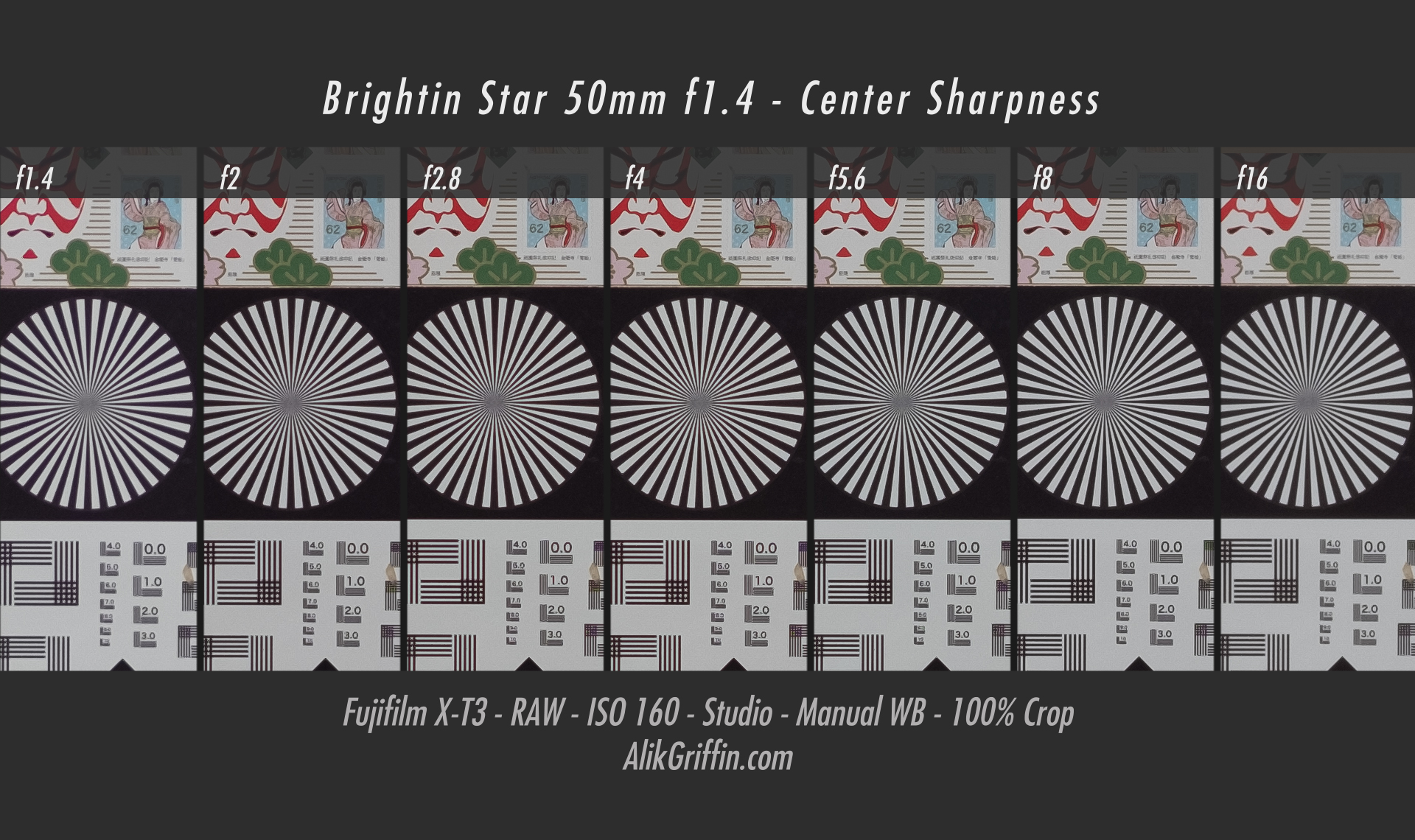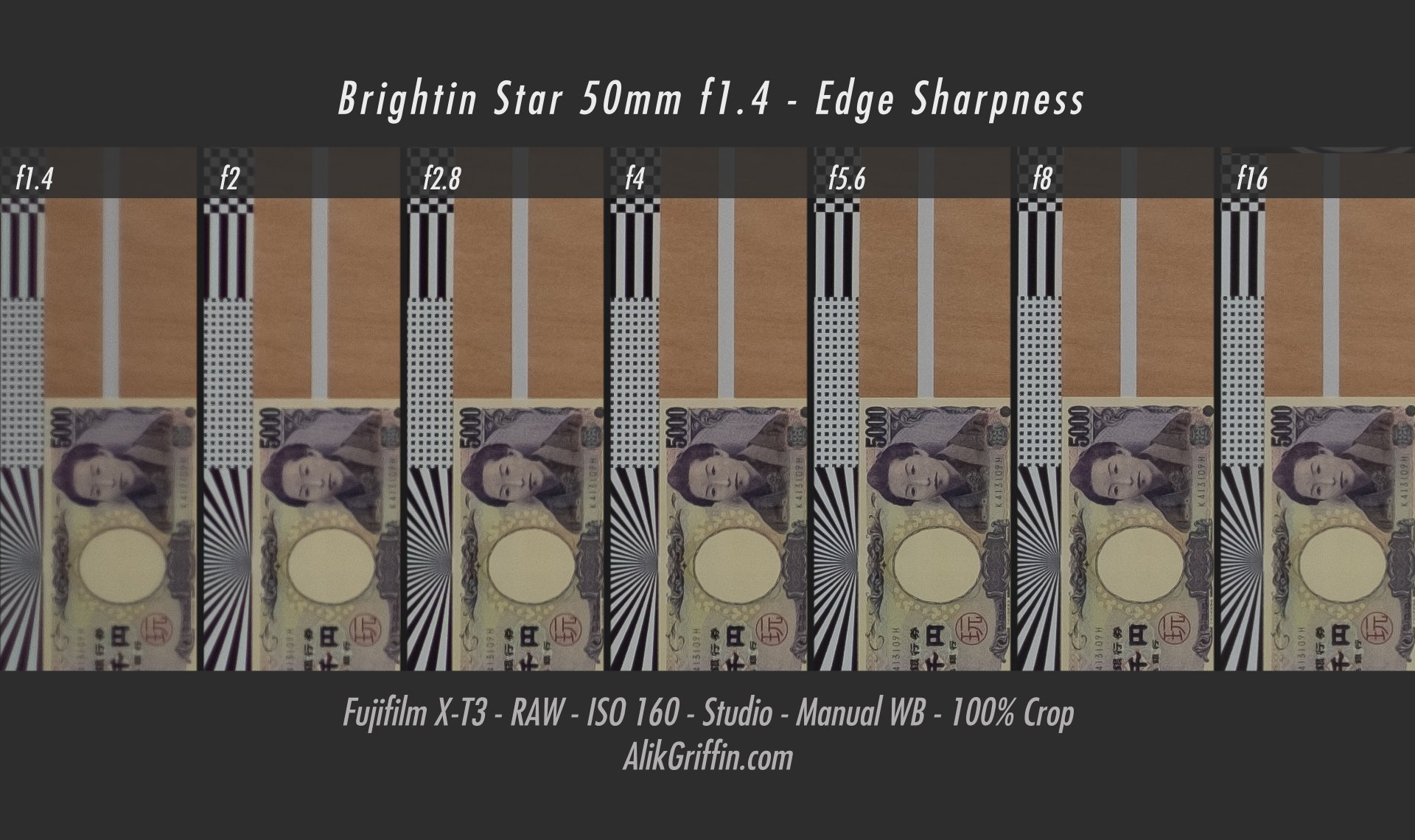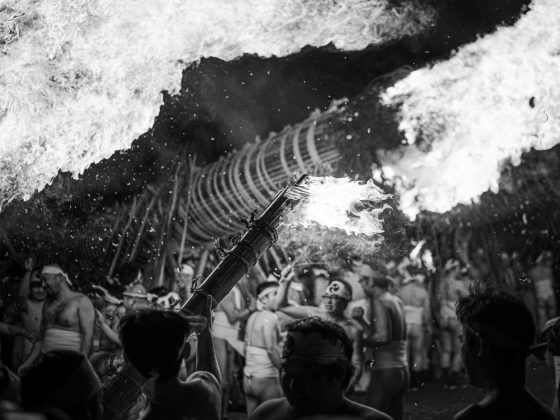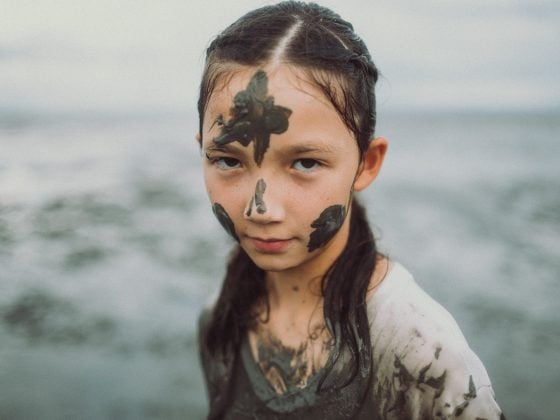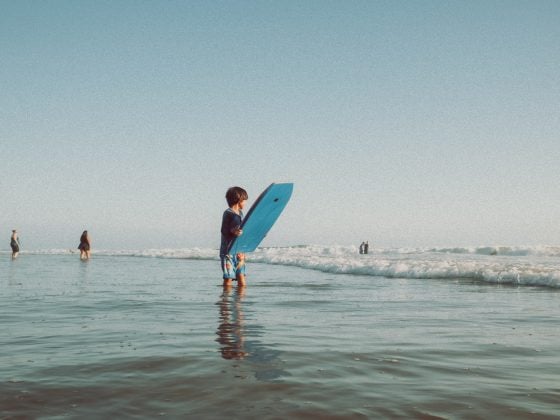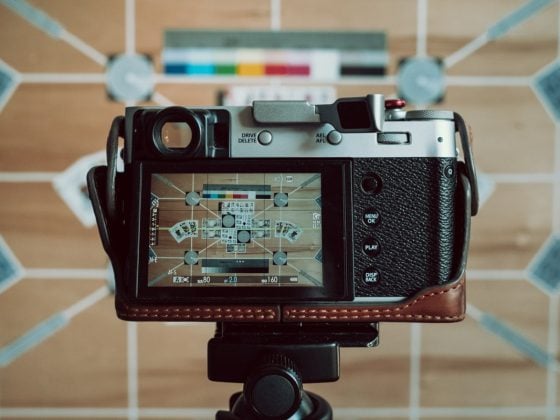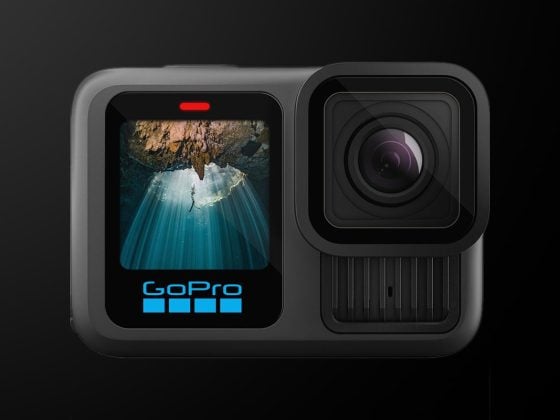The Brightin Star is a 50mm f1.4 full frame all metal, all manual prime lens. The lens comes in various mounts, and while being designed for full-frame cameras, it performs very well on APS-C cameras.
With the excellent build quality the fast f1.4 aperture and great overall performance, the lens is an excellent choice for someone looking to try out the 50mm prime focal length as long as they’re willing to work within the limitations. Which I’ll get into.
Lens Stats
This is a full-frame lens but I’ve reviewed it with the Fujifilm APS-C system.
| Focal Length: 50mm (75mm for APS-C) Focus System: Manual Aperture Blade: 9 Aperture: f1.4 – f16 Elements: 6 Elements 6 Groups Coatings: Multi-Coated Weather-Sealed: No Minimum Focus Distance: 50mm Filter Threads: 52mm Weight: 301g |
Brightin Star 50mm f1.4
Fuji X– Amazon
Sony E – Amazon
Canon – Amazon
M4/3 – Amazon
Pros: Good price, good build quality, decent overall sharpness, nice bokeh, little vignetting on APS-C.
Cons: Quite a bit of distortion, slight corner softness wide open
There is also a Zonlai 50mm f1.4 of this lens with 12 aperture blades. I’m not sure if the build quality will be as good though.
Brightin Star 50mm f1.4 Review | First Impressions
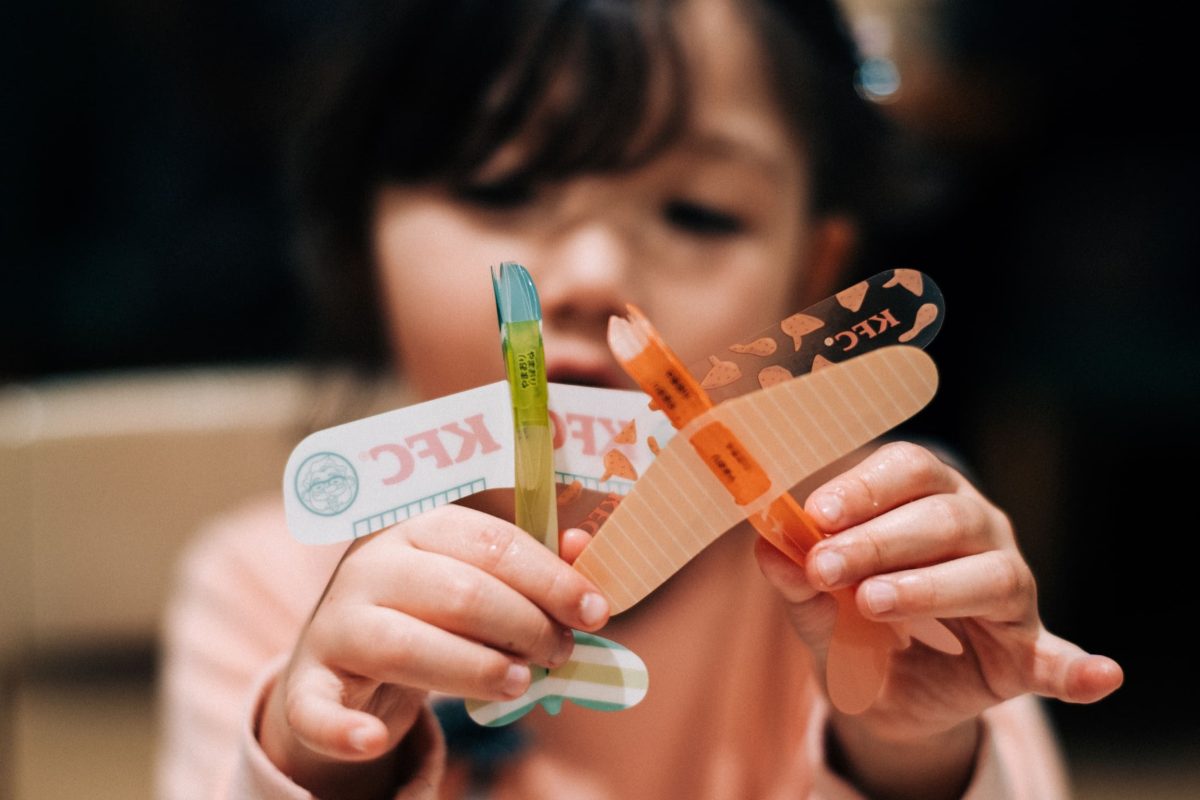
This lens came out in 2019 and it immediately piqued my interest. I had yet to really find a good affordable low budget 50mm that was fast for APS-C cameras. There was the 7Artisans 55mm f1.4 that I reviewed last year, but that lens never really clicked with me and I had issues with the build.
It was fine optically for the price, and it does some things better than this lens, like better control over distortion, but this Brightin Star 50mm is looking like it’s overall better at most things. Yes, quite a bit more distortion, but less vignetting and overall sharper wide open, stopped down and in the corners. So I would buy this lens over the 7Artisans for sure.
7Artisan continues to produce lenses with bad builds. I’ve had a few and I just have a history of getting bad lenses and 7Artisans has just left a bad impression on me. Same with SLR Magic / Mitakon. Maybe I’m just unlucky, but my luck seems a lot better with Meike, Kamlan, and now Brightin Star.
So now when Meike or Brighton Start makes a lens I’m always interested. Yes, they probably all come from the same factories (just my guess), but it appears some brands have higher tolerances for quality control than others. 7Artisans from my experience is really bad, and I’ve yet to get a lens from them that had no physical issues.
This Brightin Star is perfect mechanically. Maybe I’m lucky, and I got the good one on the first try. But the focus is smooth, the aperture is great, and the image quality is good. It’s just overall an amazing performing lens for the price.
Why Buy Lenses Like This?
A lot of people don’t get the point of these little lenses and hopefully, this review will get into why I and so many people can find a place for them in our bags.
There are a few reasons for buying these cheap Chinese brand lenses, and it’s not for perfect optics. There is a way these retro designs render that is really hard to find with higher-end lenses. Not all of these Chinese lenses have this of course.
But in general, these cheap lenses use very simple and classic optical formulas that do a good job of producing classic looks from the past. They usually have good tonality, but there are also some cool flaws, like flaring field curvature, or distortion that add some interesting and unique character.
Some ask me, is it better to just buy retro lenses, or to buy these cheap lenses. I think unless there is something specific you’re looking for, just buy these Chinese lenses. Chinese engineers in 2020 have access to a lot more technology and knowledge than some Russian designers from 1970. And some of these Chinese companies are very good now. Kipon, Laowa, Viltrox, Kamlan / Zy Optic / Mitakon / SLR Magic continues to get better. Kipon, Viltrox, Kamlan, and Laowa are very good now.
Some people that shoot a lot also go through camera gear like socks. So it’s nice to have some beater lenses that you don’t have to baby.
I can also think back to my Canon 5DII days before I was using prime lenses. I always wanted to buy a prime but never knew what focal length to get. These cheap lenses are good enough that you could buy a few in different ranges to experiment and see what focal length you like. That way you can have a lot more experience with primes before running out and buying your 2,000-dollar Sony GM lens or Zeiss or whatever. Actually, the first prime I ever bought was a 14mm. The Samyang 14mm back when they were still pretty rough.
Another reason, and this is my main reason for collecting lenses is that all lenses have their own uniqueness, and no one lens can do it all. These cheap Chinese lenses have special attributes that are just fun to work with because the results are so different, sometimes for the better, sometimes for the worse. So you can learn the strengths and weaknesses of the gear, and then bring out the right lens for the look you want.

I bought the Brighton Star 50mm f1.4 for review, obviously, but I also wanted a replacement for my 7Artisans 55mm f1.4 that always had a bad build to it. My Brighton Star is perfect mechanically. It’s also a little wider at 50mm vs 55mm which is 75mm vs 82mm (FF equivalent) which I actually prefer. 50mm gives a nice tele look but it’s a little more manageable for street photography. I for some reason always like these in-between focal lengths. I like 40mm, more than 35mm or 50mm, I like 70mm more than 50mm or 85mm.
So I really like this Brightin Star more than the 7Artisans, it’s a better lens.


So how does the 50mm f1.4 Brightin Star Perform?
It’s pretty good. It’s not super sharp wide open but still sharp enough, and that’s not always a bad thing if you like a softer more classic, or analog look. Also, with a less sharp lens this fast, it’s not as obvious when you do miss focus slightly, which happens from time to time, but it still is decently sharp and wide open for this class of lens.
Like with a lot of these classic designs, the Brightin Star since it is a touch softer and wide open than the big brand lenses, distant objects sometimes will seem to lack detail. Some cheap lenses also need to be calibrated to hit that infinity focus out of the factory, and with my lens, I haven’t seen that issue. This is the case with a lot of these cheap lenses except the new Kamlan 50mm f1.1 II which is just a little piece of magic, but this Brightin Star is better than most.
Also, shooting at night on APS-C you do lose a lot of resolution just from the lack of photons and there are generally a million other things that make images have less than perfect sharpness besides just optical design. Motion blur, sensor noise, missing focus slightly, etc. So it’s not really a deal-breaker, or just stop down to f2 or f2.8, our new APS-C cameras are totally capable of handling f2 lenses at night with great performing ISO.
Up close when shooting portraits of my kids, this thing really shines. I love this classic look and that’s so hard to get with modern primes.
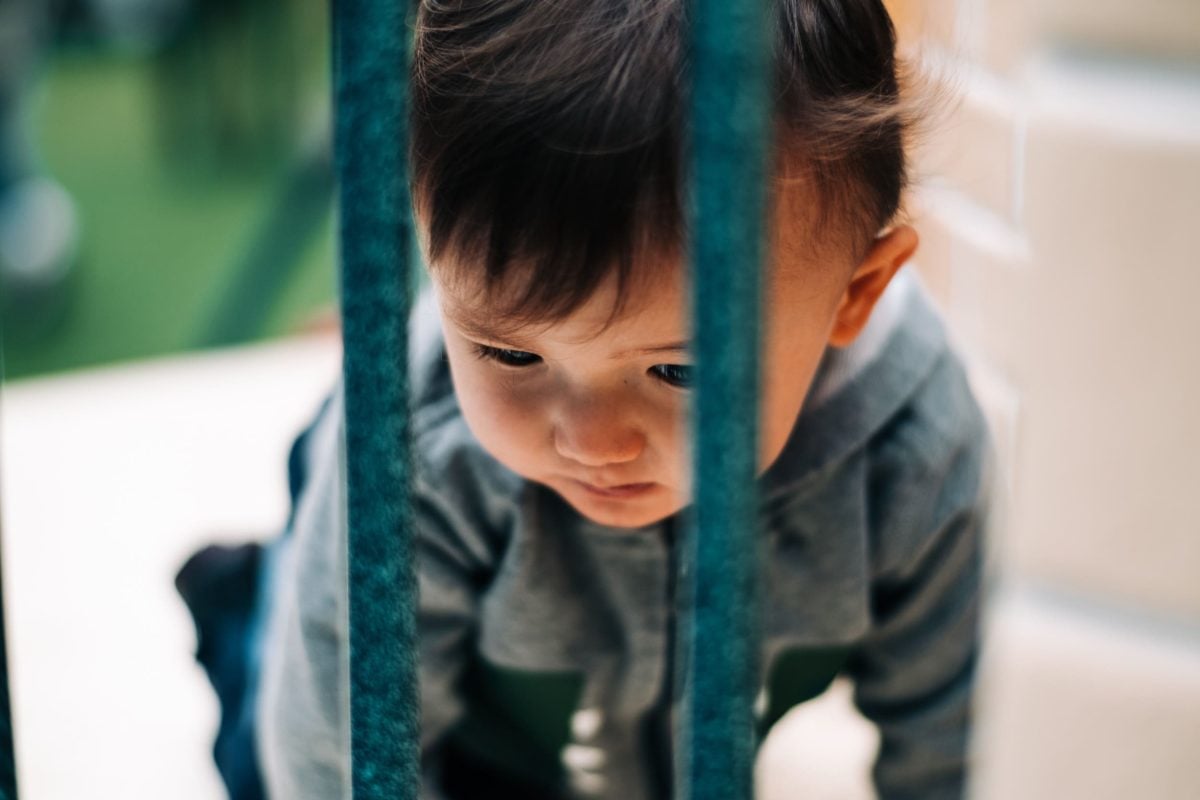

So to sum it up, I would say this is mostly a medium to close focus lens if you’re shooting wide open, you need to stop down for some sharpness, which at f1.4 there is still plenty of room to stop down while still achieving great bokeh.
In the future, I’ll probably shoot more at f2 or f2.8 if I shoot at infinity and this will likely solve a lot of the problems. Of course, a lot of it is just me missing focus. It’s pretty hard shooting far away subjects that are moving at f1.4 manually on a 50mm.


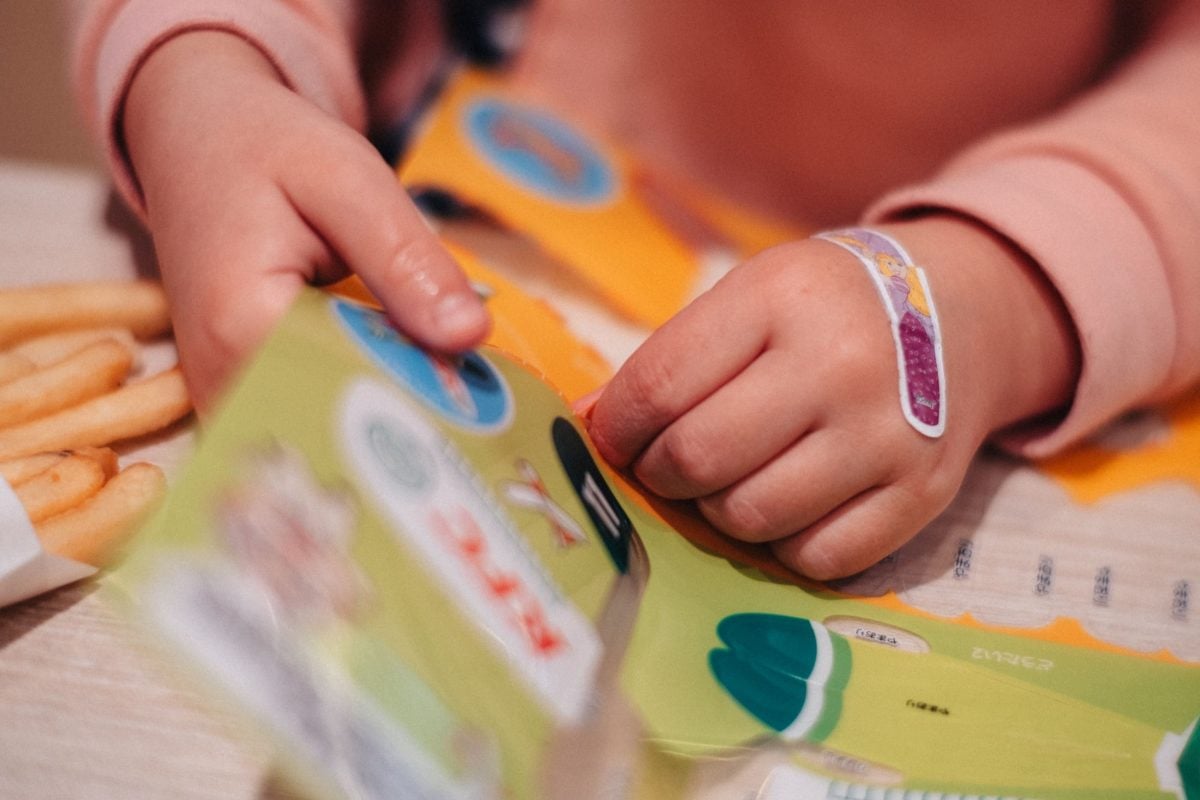

Shooting street photography with this lens on my X-Pro 2 was just so much fun the night I took it out. But like a savage barbarian, I only had three batteries with me and they were all at like 20% charge. So my night was cut short and I eventually had to switch over to my Z6. But while shooting the Z6 I was really missing the manual focus experience especially the X-Pro2, man I love that camera.
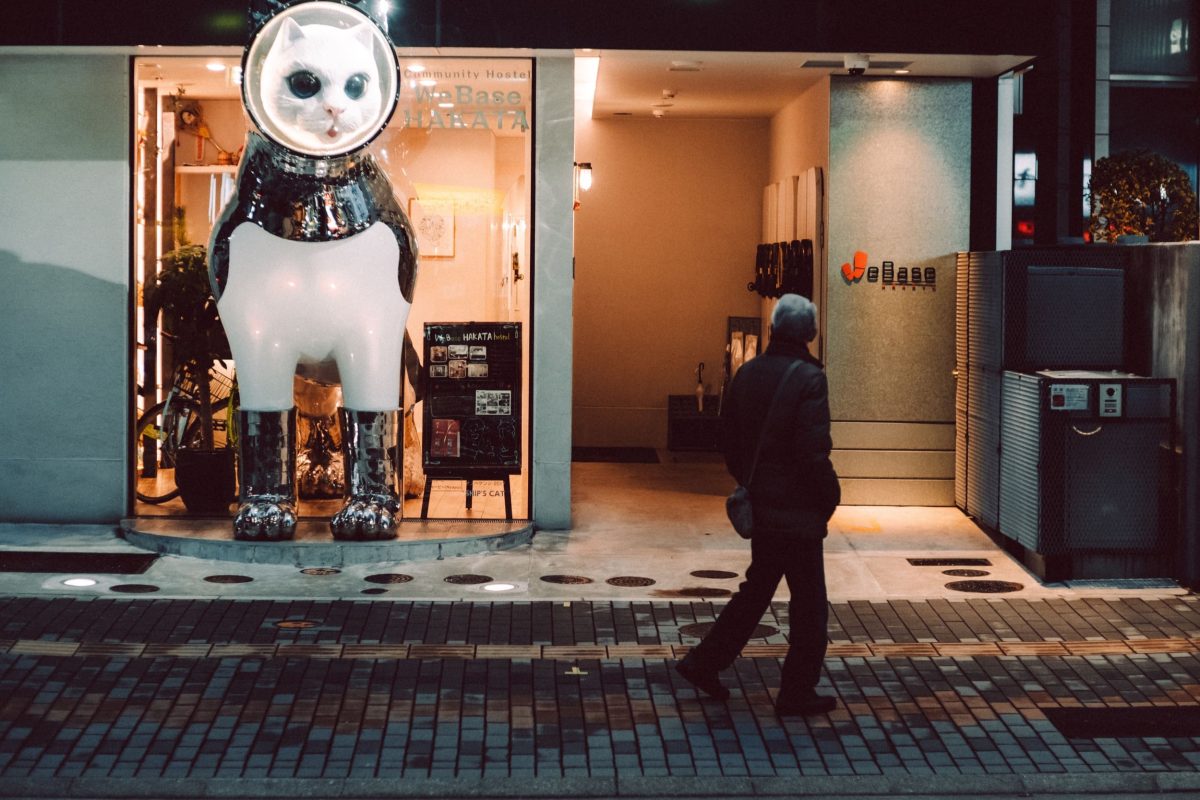
I was talking to my buddy Alex while shooting and we were saying that it is kind of funny that in all the last 20 years of advancement in autofocus, it’s really not that much better than just doing it manually. I mean AF is better, but not by a huge margin and that’s mostly with just fast lenses. Maybe if you’re shooting hummingbirds trying to catch little bugs out of the air, AF improvements are game-changing, but for general photography, manual focus is so nice and this lens is very easy to use.
Build Quality
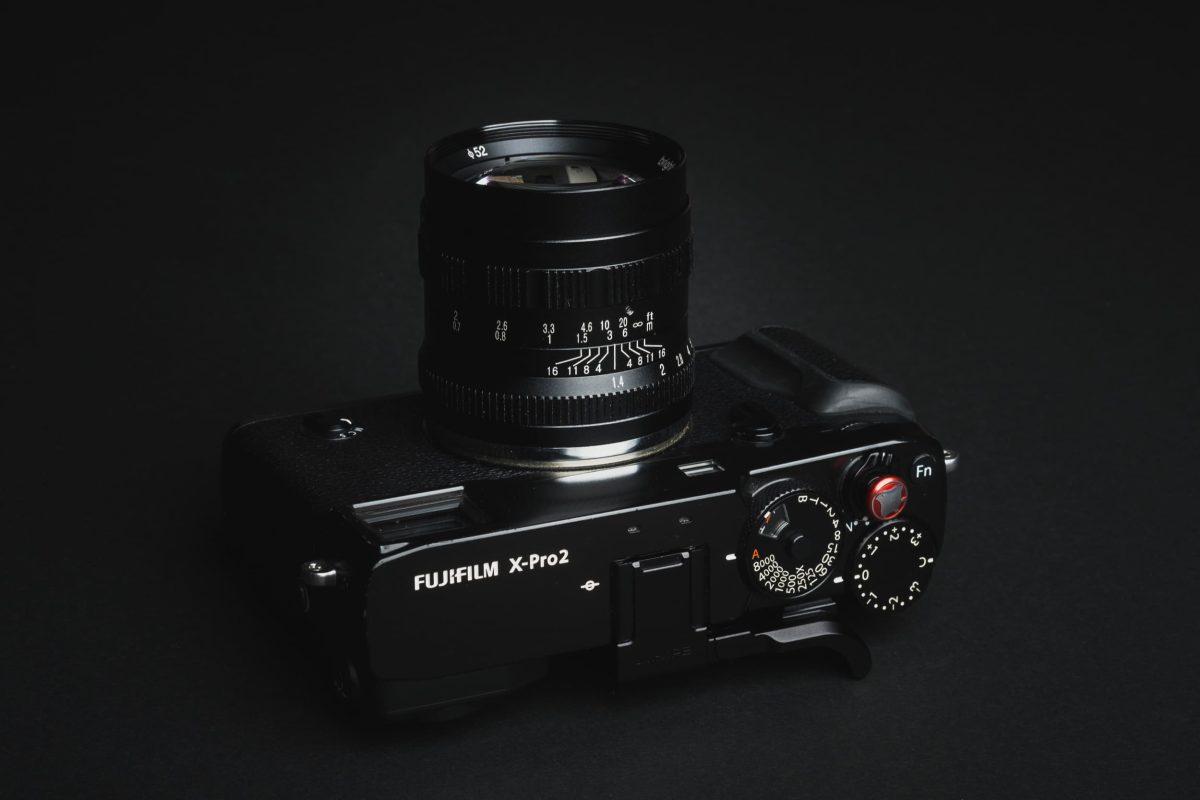
The Brightin Star like a lot of these lenses uses a metal construction. Usually an aluminum body sometimes with a copper core like with the Kipon lenses, and a stainless steel mount. I imagine it’s the same situation here, maybe not a copper core though. I just don’t have all the specs or any connection with the company so I can’t find out on this one.
The weight is good and very manageable, the size is also really good and the lens is comfortable and easy to shoot with.
Focusing is smooth, the aperture is a de-click ring, and also very smooth. I prefer to click apertures though, unless the lenses are ultra-fast. Like I wish the Kipon 40mm f0.85 II had a de-click so you could shoot between f0.85 and f1.4, but still, that thing is a phenomenal lens. No cheating either with plastic elements (*cough, Mitakon), or all-glass elements.
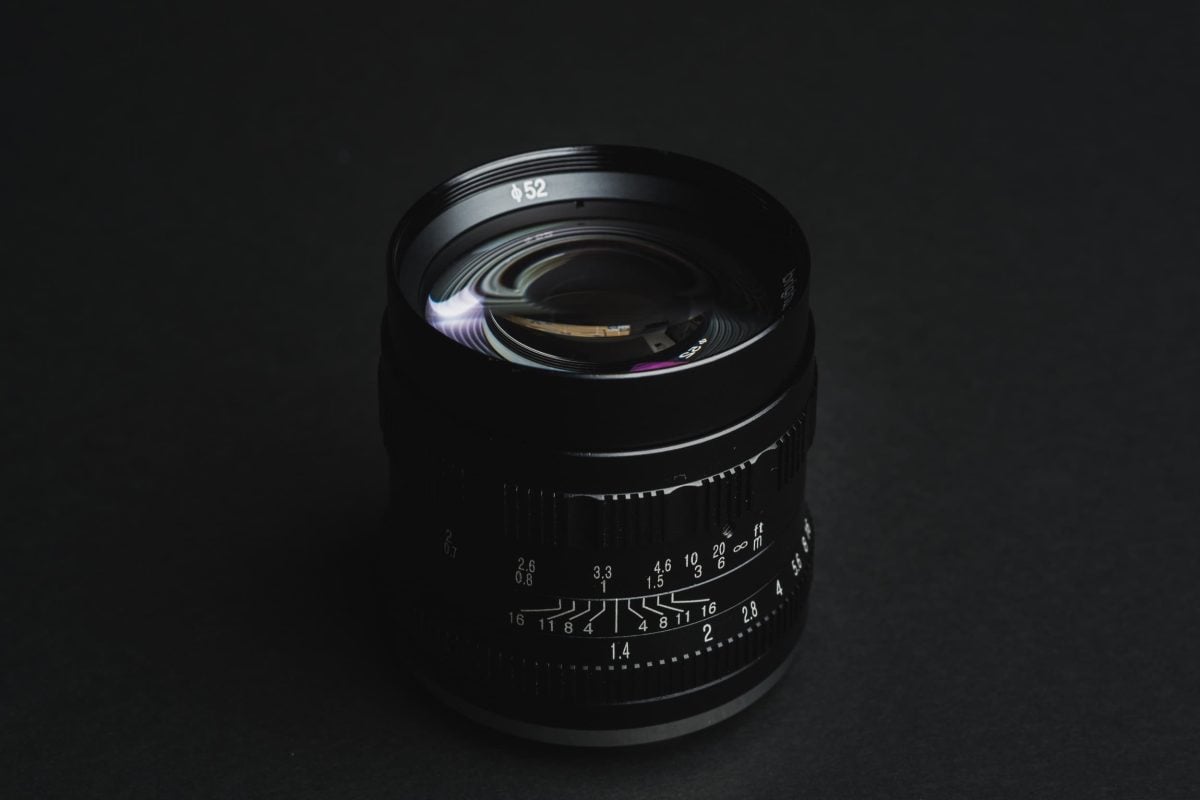
There are 6 elements in 6 groups, 9 aperture blades with a surprisingly close minimum focus distance of 50mm.
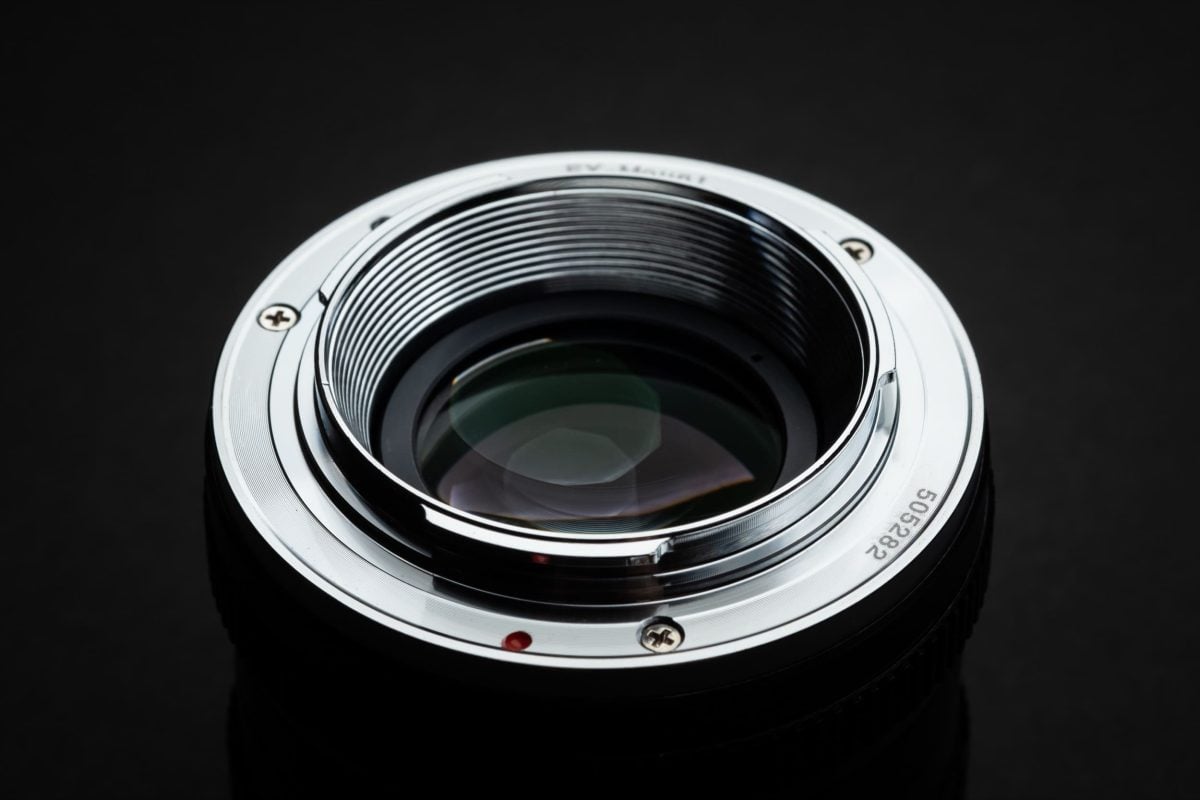
I also want to point out that the lens comes with two lens caps, a slide-over aluminum cap, which I usually hate because they never fit with precisions with these cheap lenses, except theirs fits perfectly. I think that for this reason they also are giving us a traditional plastic lens cap, so you have options. Their slide-on metal cap even has a strip of velvet on the inside.
I thought this was a really cool touch and it’s nice to see them actually caring about the user like this.
Brightin Star 50mm f1.4 Technical Performance
Sharpness Charts
Sharpness is actually pretty good. A little soft at f1.4, but it cleans right up at f2. However, at infinity, I was struggling to get the same sharpness at f1.4 as I could at close distances. But still, it was usable.
There is a field curvature to the lens, so those corners and edges will drop out of focus if you’re shooting flat surfaces.
You want to make sure that if your subject is on the edge of the frame or even in the third, you focus on them in that position, rather than doing the old focus at the center and reframe technique.
Corner sharpness is a little soft but it cleans up well by f2.8. Again, you could focus at the corner and get better results, this is a field curvature issue. I test my charts by focusing on the center only.
Vignetting
Because this is a full-frame lens, vignetting is very well controlled. It will likely be more of an issue on the A7III.
There is just a touch of vignetting at f1.4 and it’s mostly cleared up by f4 on the APS-C system.
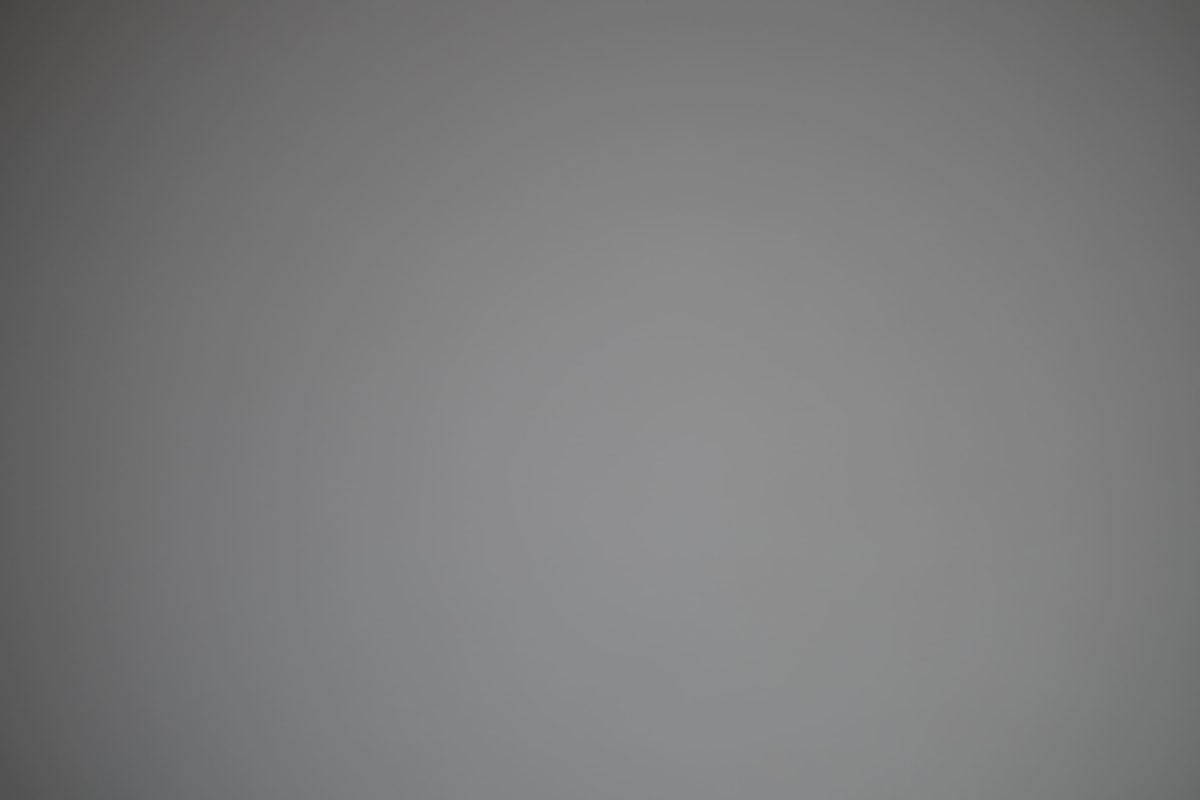
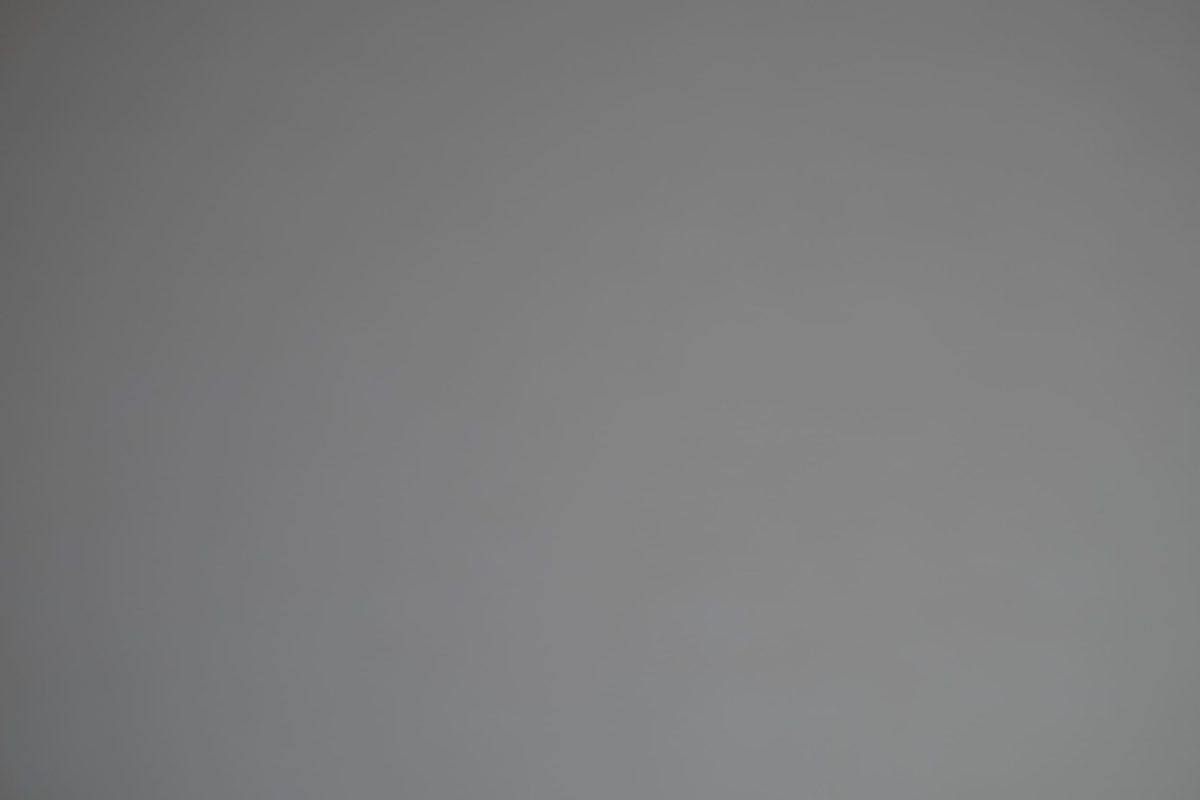
Distortion
Some noticeable barrel distortion.
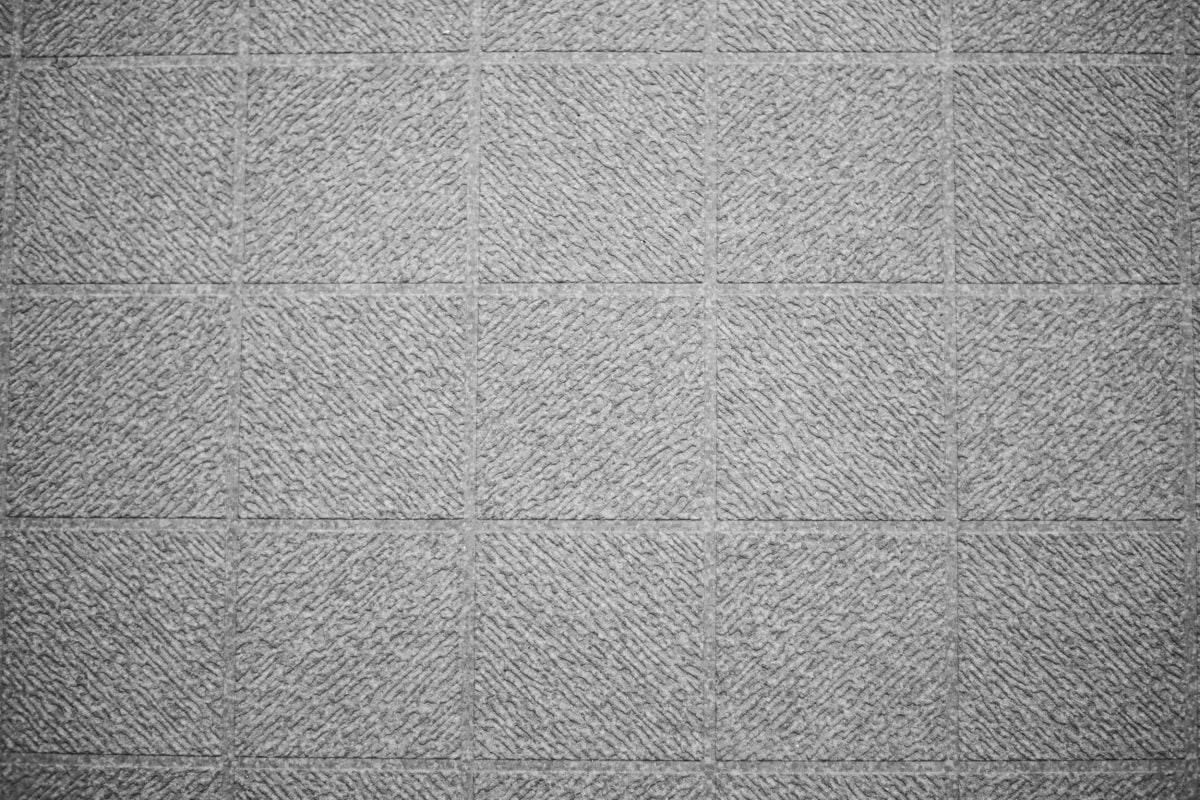
Chromatic Aberrations
I usually only like talking about CA if the lens has issues with it. I never see CA with this lens, but like with every lens ever made, I could go out and stress test the thing and make it produce CA. In general, you’ll see it only sometimes in some out-of-focus highlights.
Brightin Star 50mm f1.4 | Art & Character
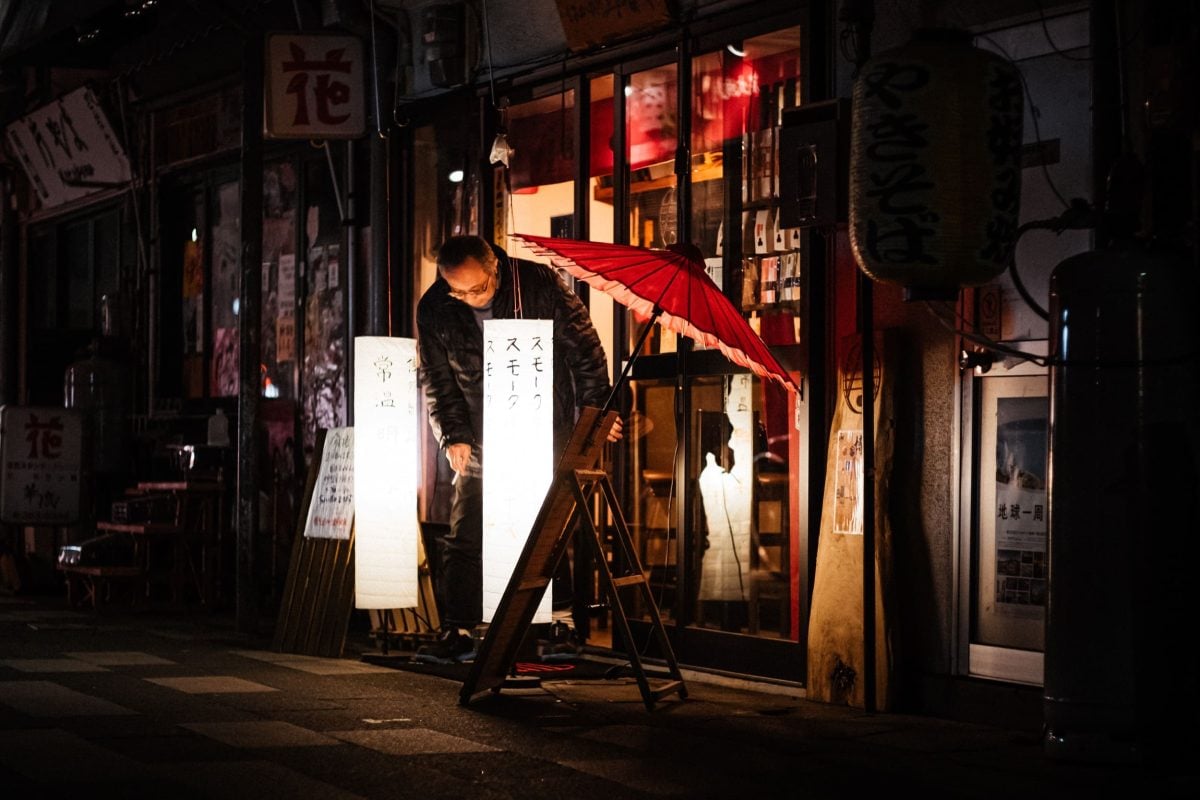
The art and character of this lens is kind of special. It’s like icing on the cake because the lens also performs pretty good on the technical side but there are a few little things you’ll have to workaround.
Bokeh
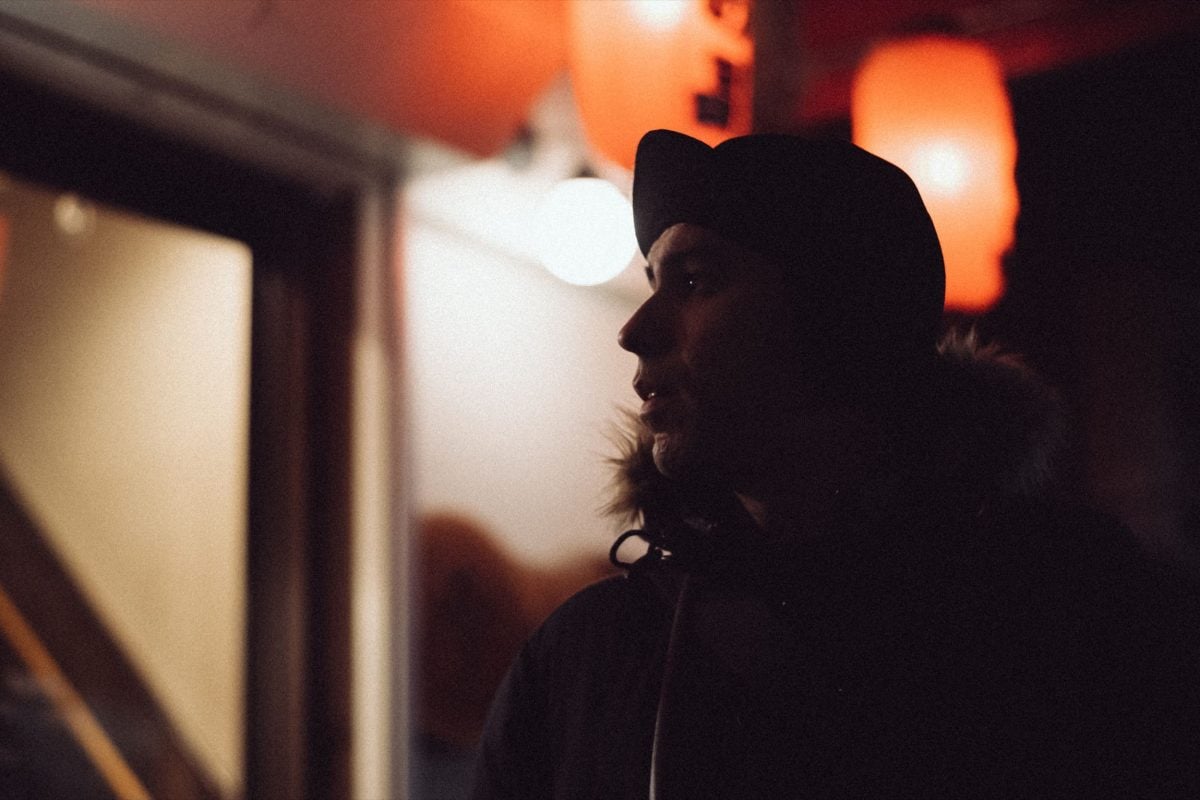
Since like 90% of the images in this review are shot wide open, I’m not going to post too many samples here.
The softness of the bokeh is very smooth and very creamy. A lot of these cheaper lenses have a harsher bokeh but this one doesn’t.
There is some cats-eye bokeh, which some people like or don’t like, but I guess that depends on what you’re looking to get out of the lens.
Wide-open the bokeh is very rounded and very smooth. You’ll likely get more of a cat-eye effect on a full-frame camera.
Stopped down to f2 and you can start to see some geometry.
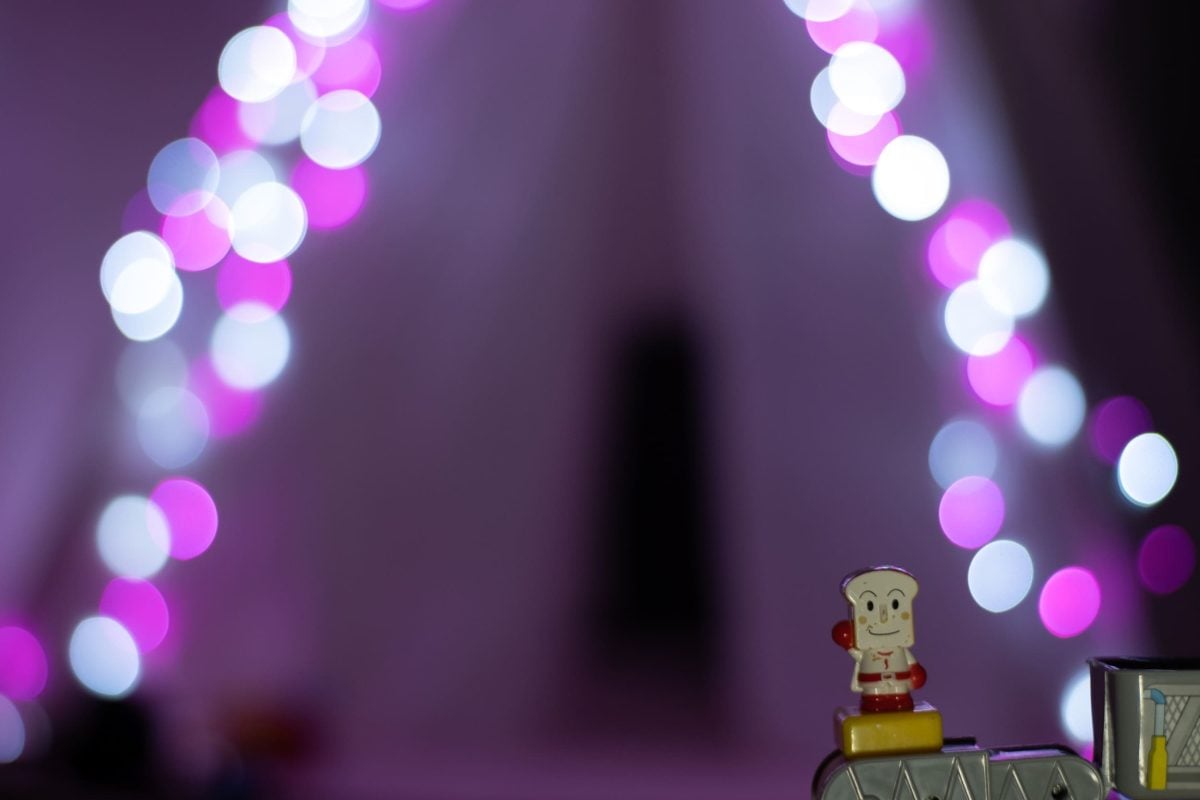
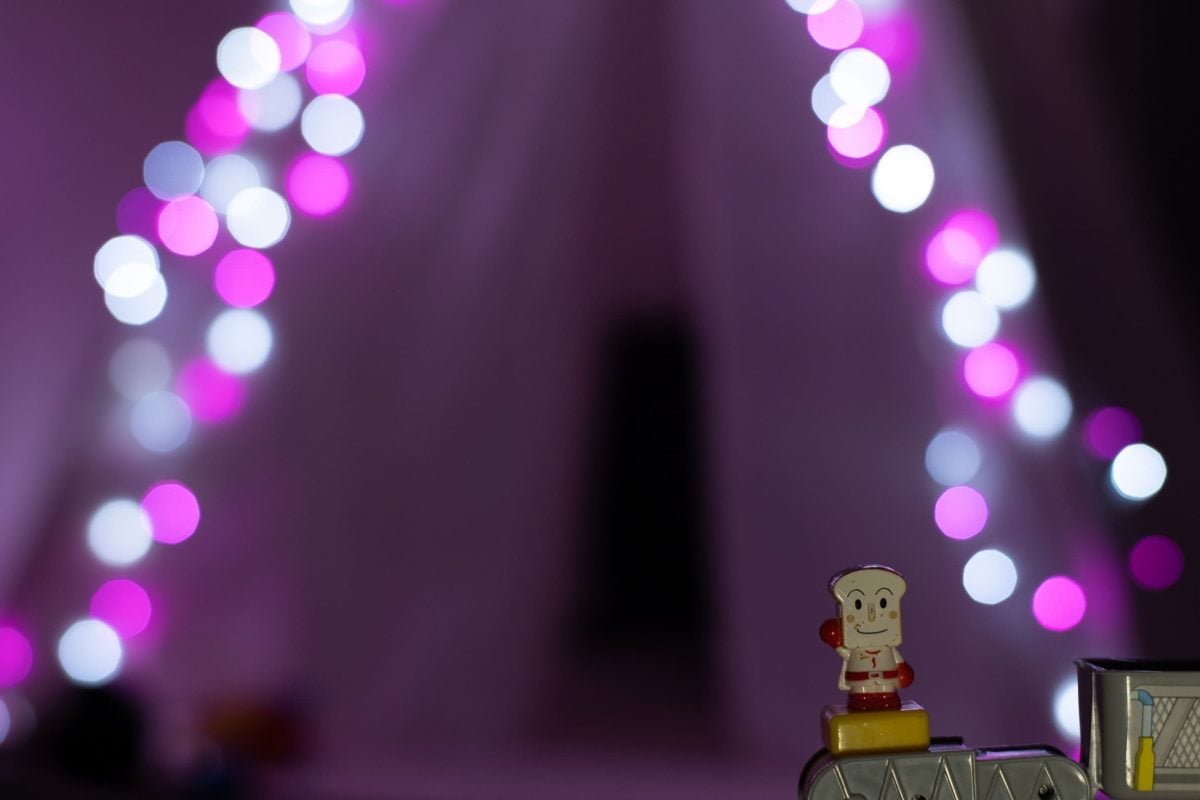
Focus Falloff
The focus falloff is just ok and you can see in the first Color Rendering samples below. Right when the lens loses focus, it’s not a clean smooth-out-of-focus rendering, but it has this strange spherical aberration effect to it. It’s hard to explain, kind of whispy.
This definitely improves as the subject is closer to the lens. But what tends to happen is when you focus with this lens at infinity or close to it, the whole image gets hit with this effect slightly even if you’re not in perfect focus.
So try to remember to stop down to at least f2, if you are shooting far distances, it helps a little.
You can see what I’m talking about by looking at this photo full-size. Her arm is in focus, but the falloff on her body gets kind of weird. I would have needed to stop down to f2 or f2.8 to fix that. There is also some motion blur, so ignore that.
Color Rendering
Here are a few straight-out-of-camera samples in less-than-ideal lighting. Colors and contrast are for the most part pretty good and there are no strong color shifts.


I’ll post more straight-out-of-camera samples in the flaring section.
Flaring
Flaring straight on is a little disgusting but it actually doesn’t reduce the contrast too much. I like the look of how it flares from the side, you get a nice green arch. I’m not 100% sure I was at f1.4 for these even though I wrote that in the EXIF data, but you still get the idea.
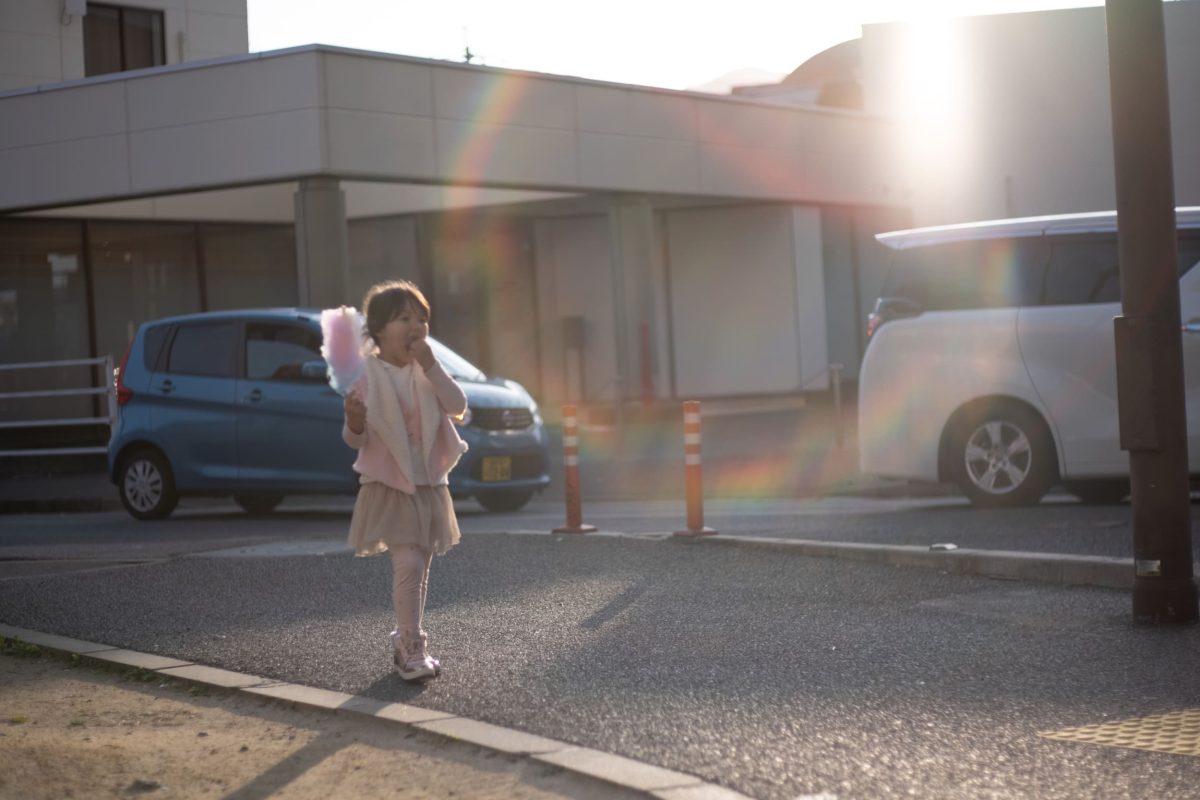
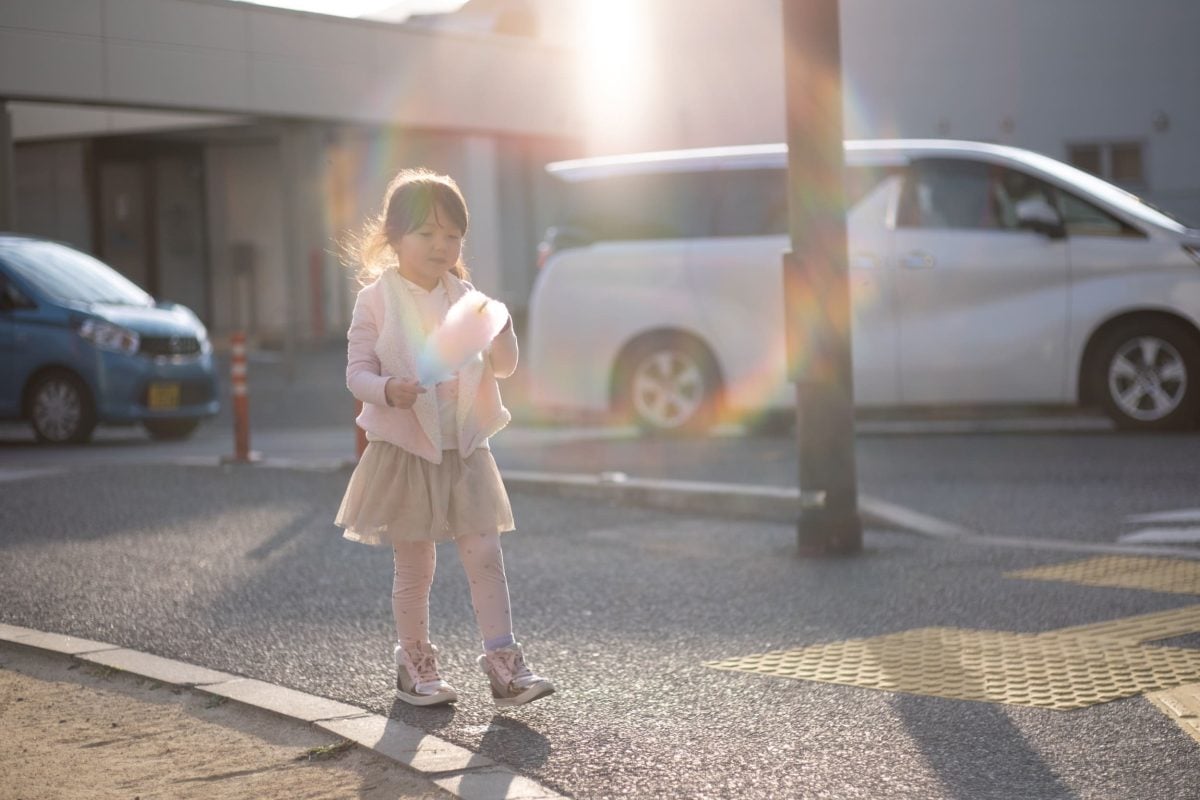
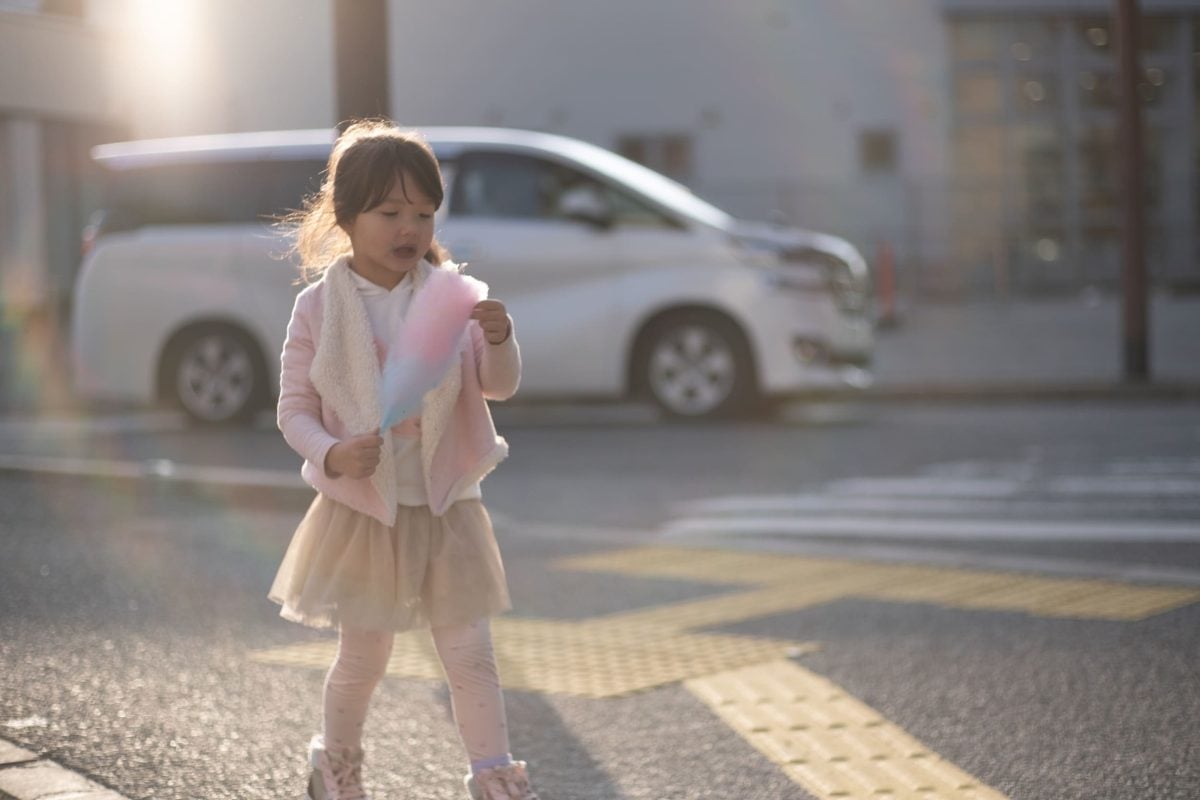
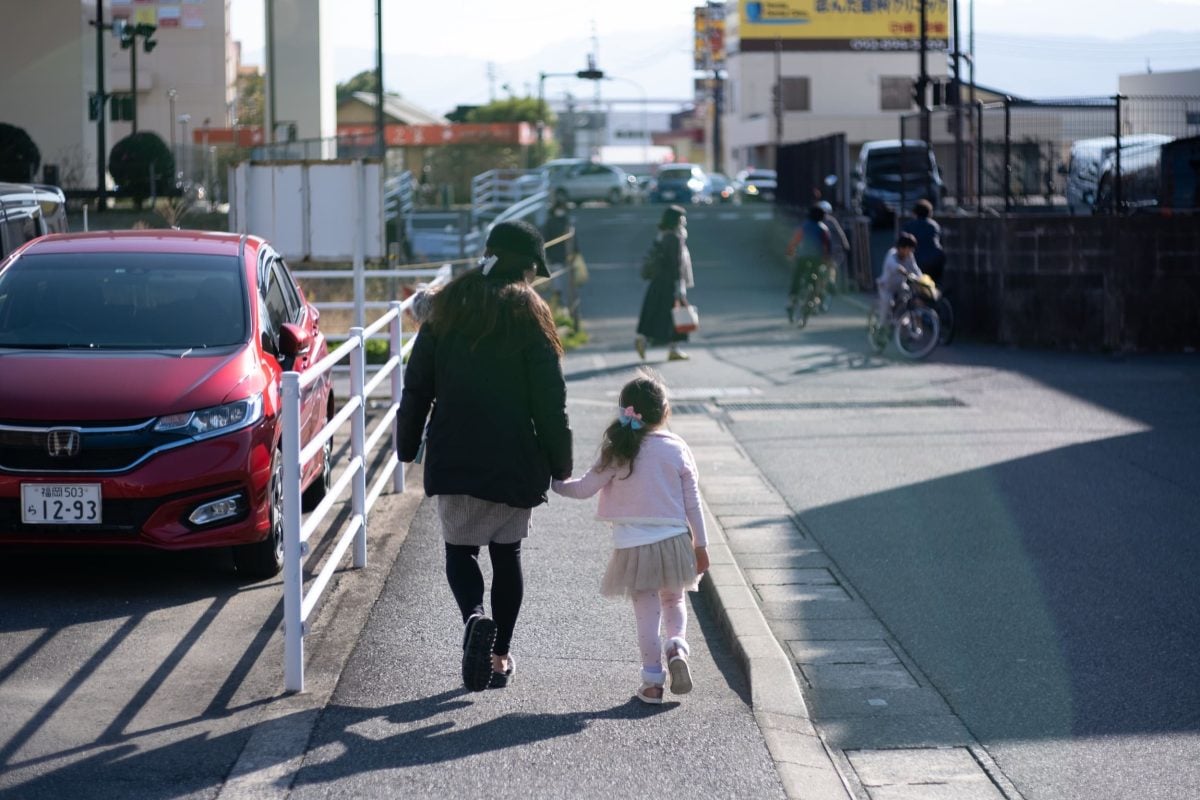
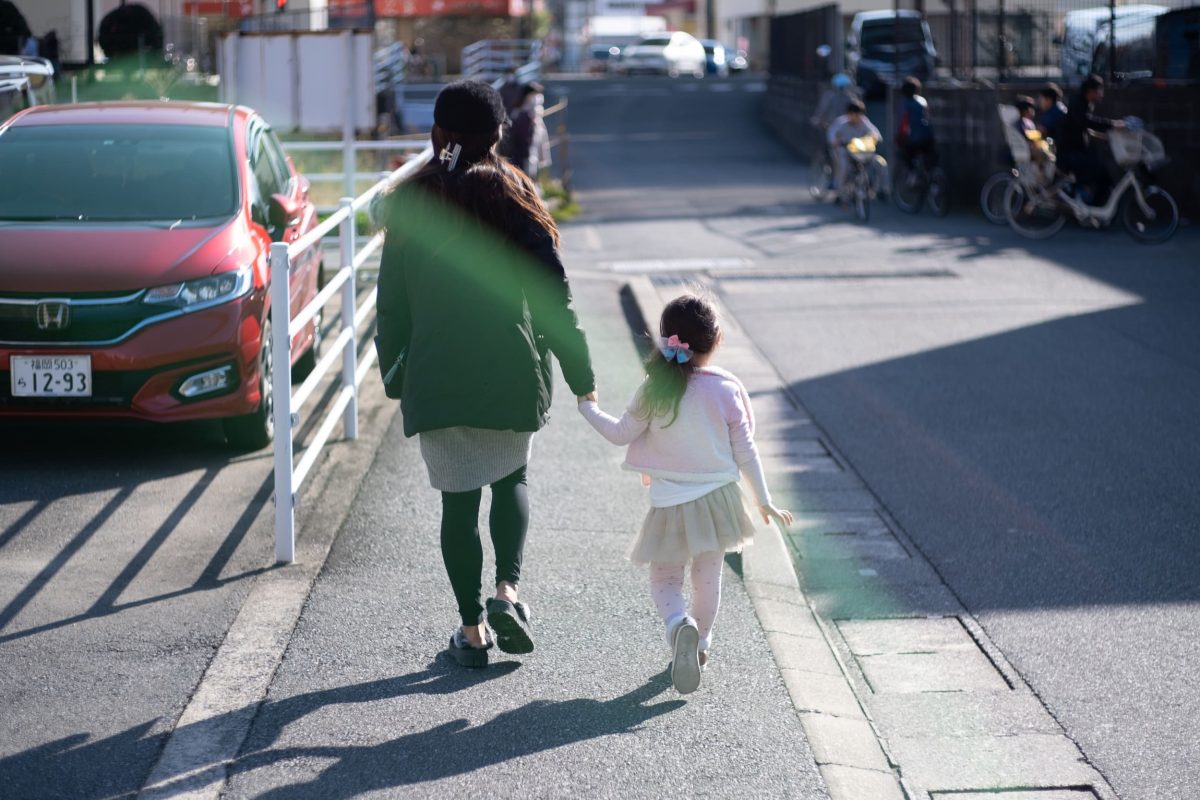
Contrast / Micro-Contrast
Contrast isn’t super high with this lens, but not low either, it’s just good. This is something fairly common with a lot of these third-party lenses. It seems like a lot of this comes from secret formulas for lens coatings. Reflections and inner element light scattering can reduce contrast quickly and some lenses show this more than others in bright environments. But this lens holds together nicely.
Micro-Contrast is great as to be expected from a 6-glass element lens. Having fewer elements means there are fewer surfaces for the light to interact with. Remember light changes angle every time it goes through a new surface. Each surface of a lens has 2 mediums, air, and glass. So a single-element lens has 4 surfaces the light has to deal with, and if there are any impurities along the surface of the glass, the light will scatter at different angles. This is why coatings are very important for internal elements because they help smooth that surface down at the atomic level.
Then there is overall less glass which means fewer impurities for the light to interact with which ultimately means less perturbance of the frequency of the light for better tonal rendering.
I’ve been studying hard on physics these last two years to really build an understanding of this stuff. It’s interesting. Photon physics is a mess.
But, this makes sense as to why fewer element lenses with overall less glass just look better and hold more tonal information.
Brightin Star 50mm f1.4 | Bottom Line
The Brightin Star 50mm sort of hits a nice spot between price to performance. It is a little more expensive compared to some other cheap APS-C 50mm lenses, but you’re also getting a full-frame lens that you’re using on an APS-C body, which means you get to crop out a lot of the corner imperfections. Again, I’m not sure exactly how this will look on a full-frame body.
So far this is the best cheap 50mm I’ve tested or at should say, I like it the most.
It’s better than the 7Artisans 55mm f1.4, better than the Meike, although to be fair the full-frame Meike 50mm f1.7 I reviewed on a full-frame camera (the Z6) so more flaws were showing and that camera does have an AA filter which kills some of the tonality. But that lens had more issues with losing contrast and clarity from inner light scattering. This lens doesn’t have that issue and is faster and smaller. I also have a Meike 50mm f2 I’m reviewing which is performing well and is a nice option if you’re looking for a smaller lens. Only f2, but it performs well.
If you want better lenses and are willing to spend a little more money, the Samyang 50mm f1.2 is your best option, but the Kamlan 50mm f1.1 II is also super fun to use and has a very good performance.
On the cheaper side, you can go with a slower lens like the 50mm f2 Meike or Neewer, but Brightin Star nailed it for APS-C.
It’s a really good value for a 50mm f1.4. Probably the best out there right now.
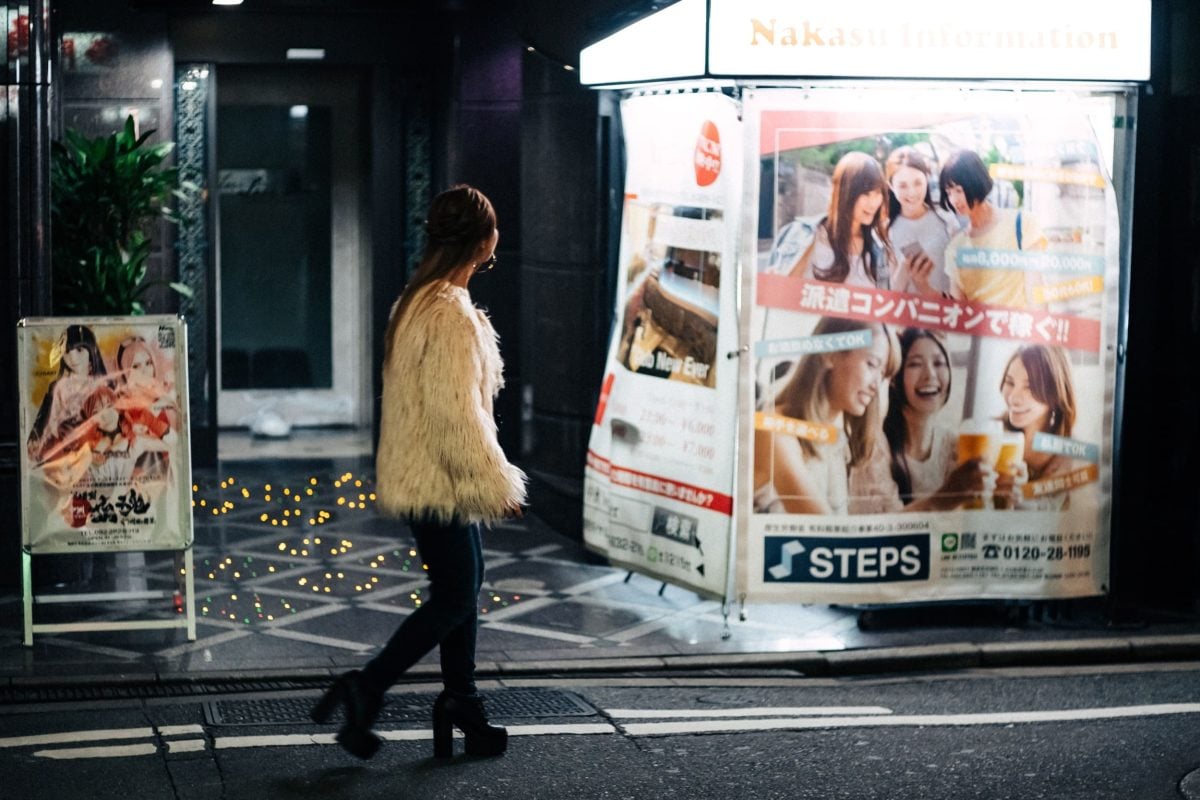
Brightin Star 50mm f1.4 Sample Photos
Throughout this review, sample photos were shot mostly with the Fujifilm X-Pro2 some on the X-T3, but all the test charts were shot with the Fujifilm X-T3. I color all these with my own presets.
